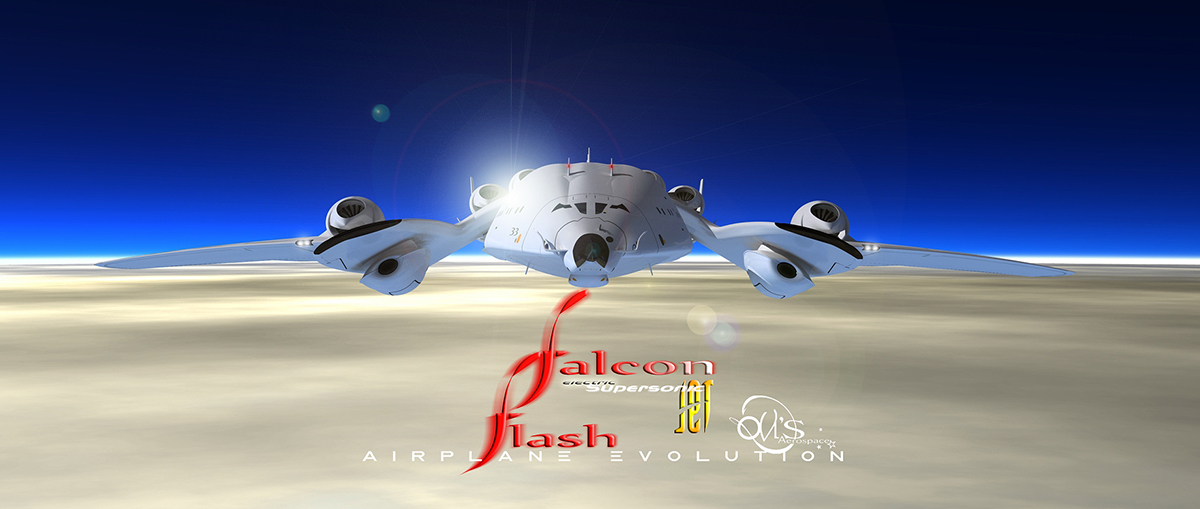

A Concept Airplane ahead of its time

The HSP "Magnavem" an Aurora Borealis
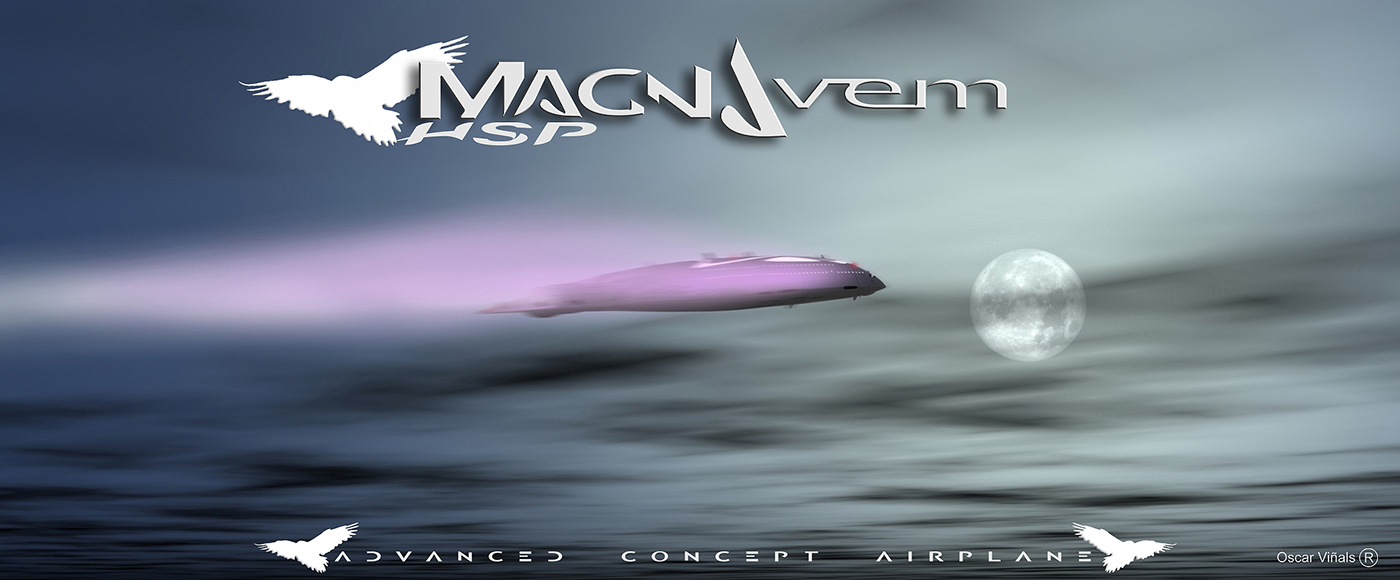

"FF" Flash Falcon, the return of Supersonic Flight
I believe that in a very near future Supersonic flights will return, but with the most significant technology and advances of the 21st century. This is my personal view about how those airplanes will be...
The "FF" Flash Falcon design is based in a deep study of today’s and upcoming technologies and future theoretical advances. This airplane's design is the last one of a trilogy (Sky Whale, Progress Eagle & Flash Falcon) about how the future airliners could be. This airplane would belong to an hypothetical generation that would be equipped with a technology based on Fusion Energy (the future GREEN ENERGY), which today can only be found under development, but in the next fifteen years it could become a feasible reality, capable to generate great amounts of Electric Energy without the use of "contaminant" materials.
That’s the principal power Energy of this airplane concept and is thought to become real around 2030's.
"Every revolutionary idea seems to evoke three stages of reaction. They may be summed up by the phrases: 1- It's completely impossible. 2- It's possible, but it's not worth doing. 3- I said it was a good idea all along."
Arthur C. Clarke
Arthur C. Clarke

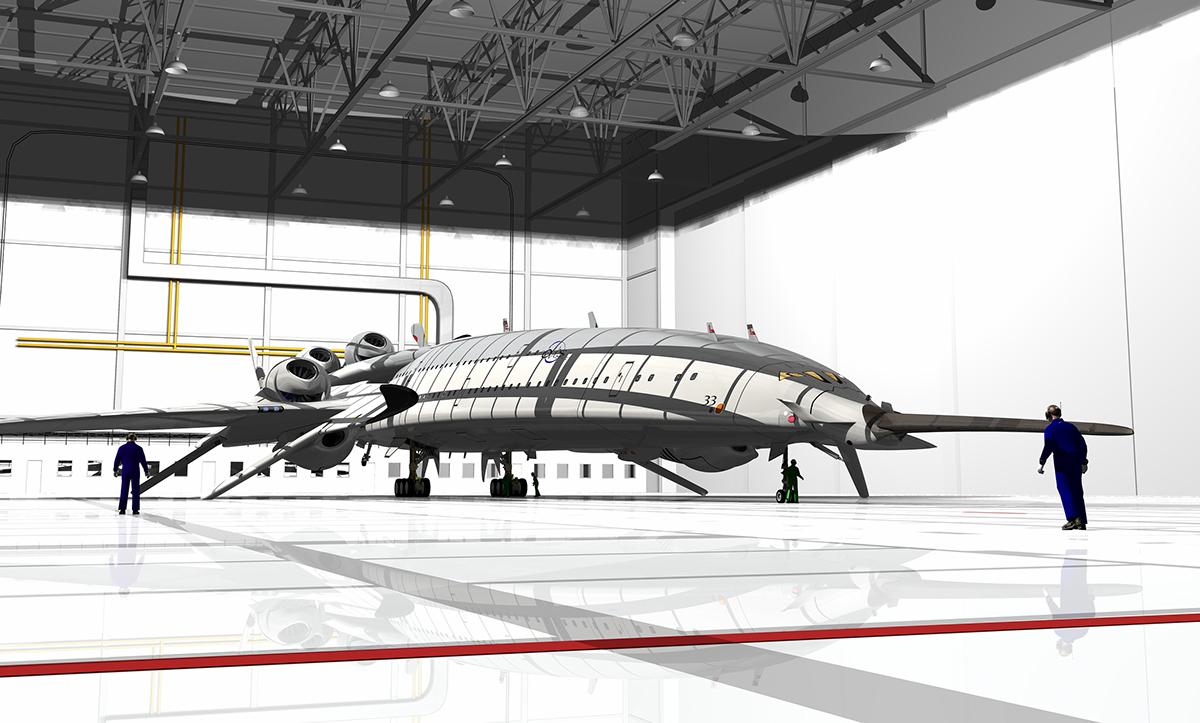
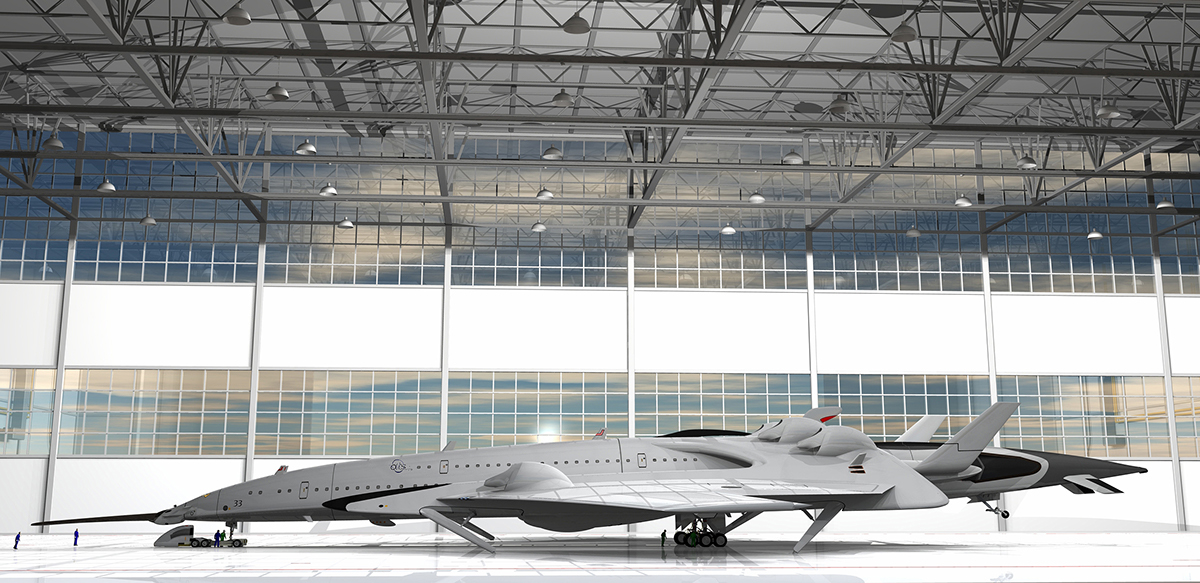
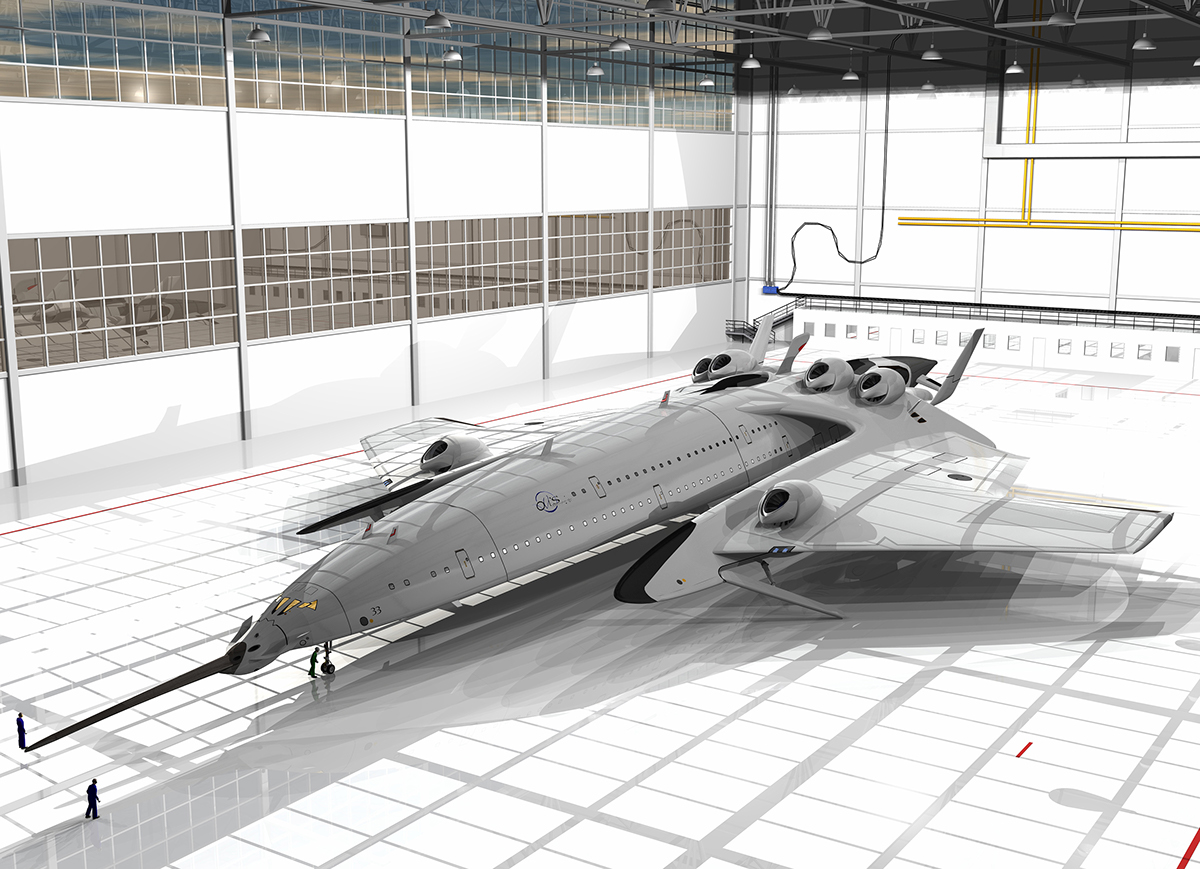
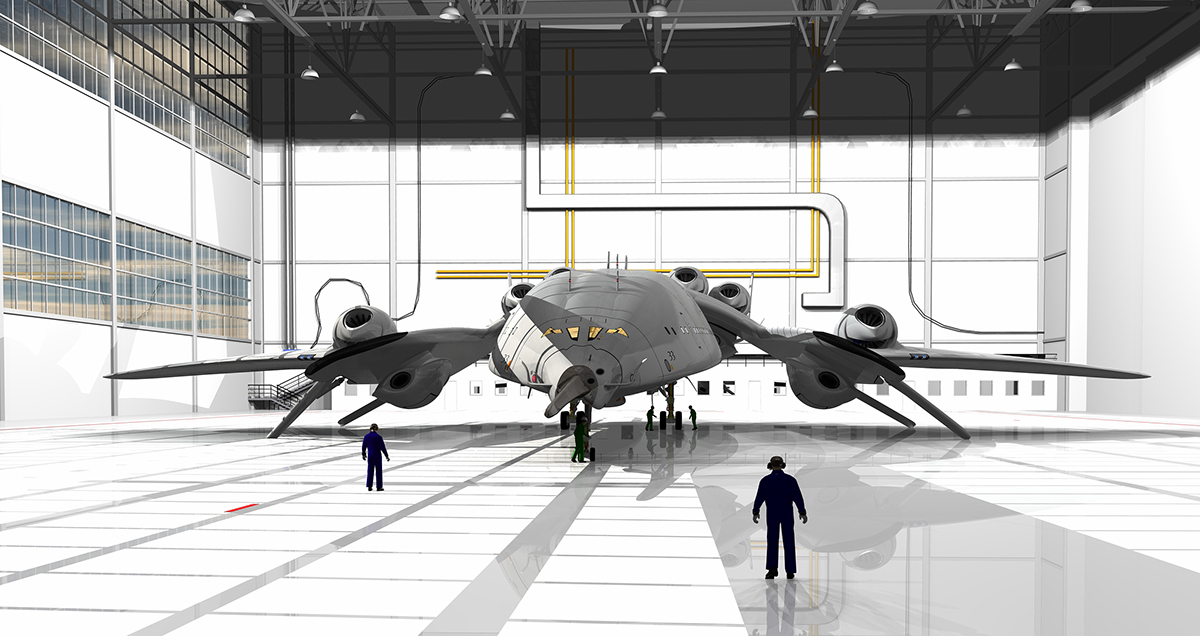
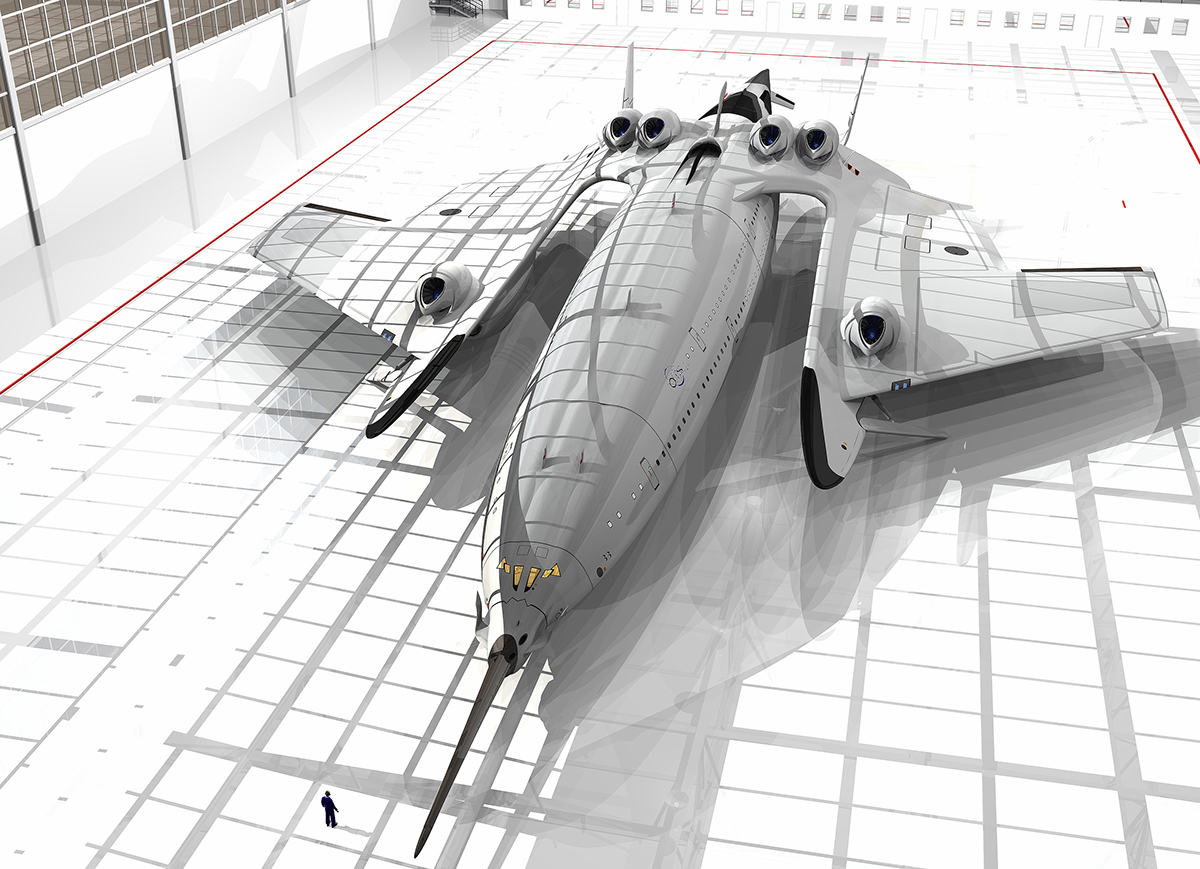
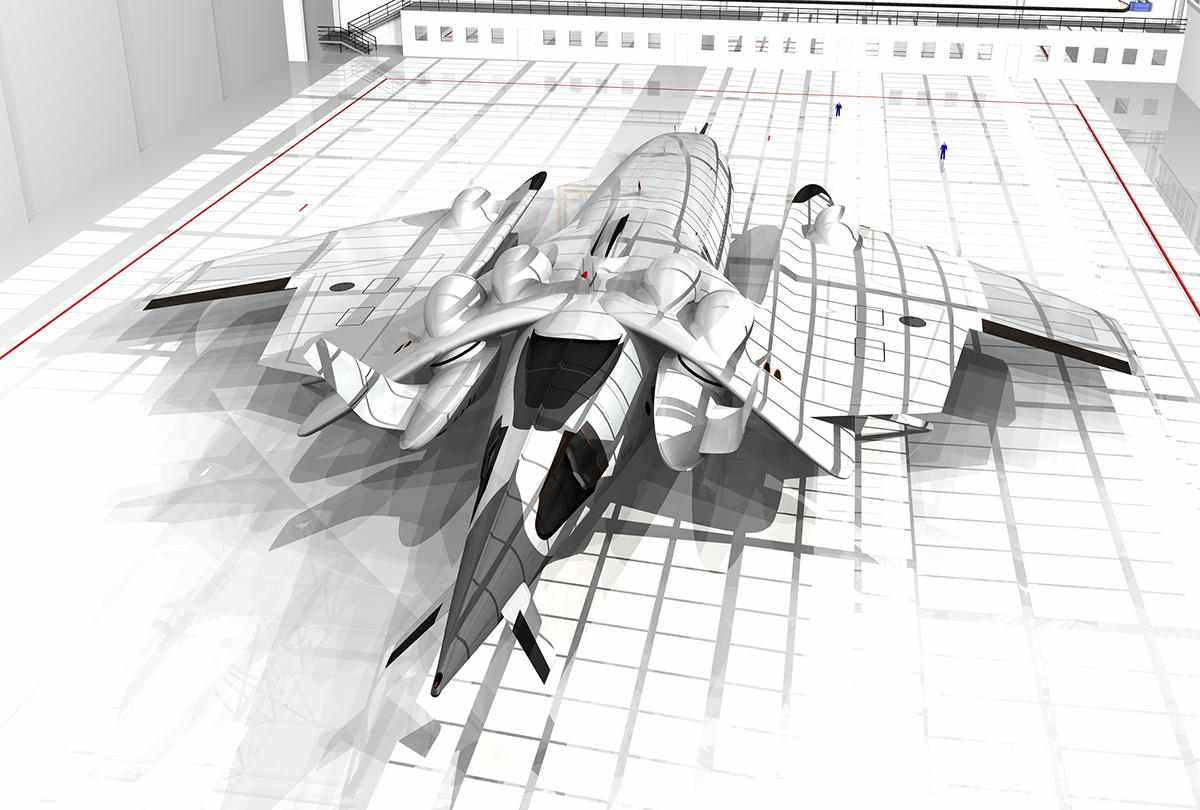
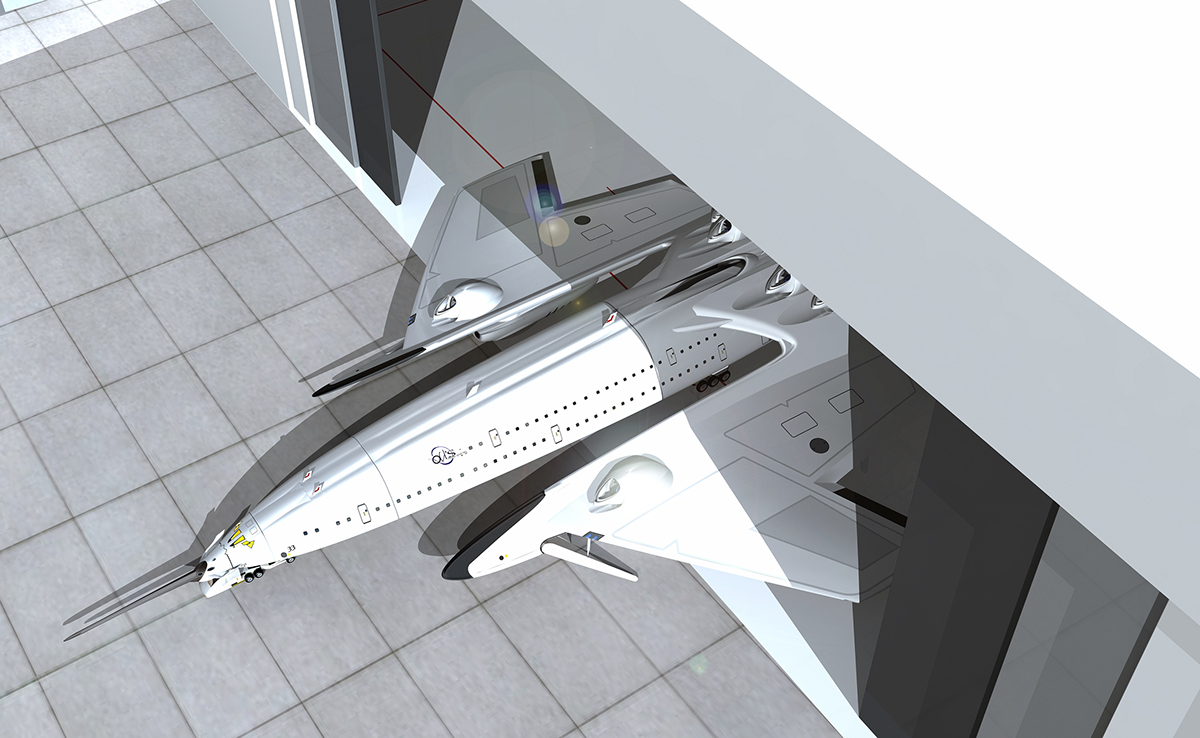
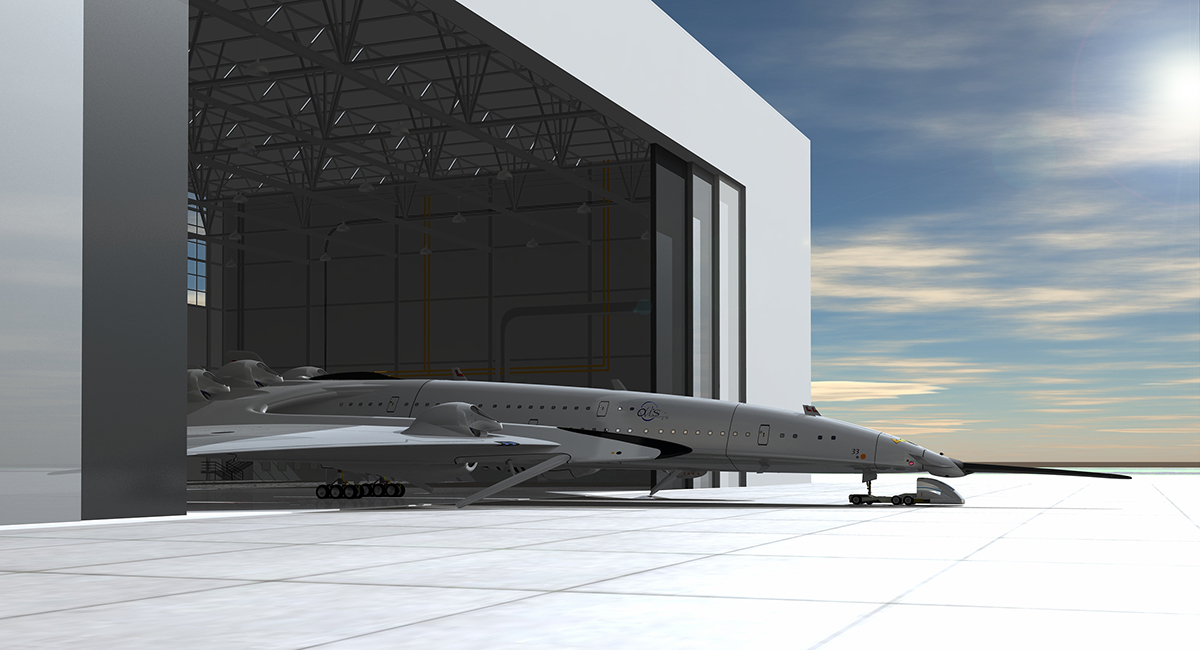
In highlights it would be as follows...
The "FF" Flash Falcon, would be a Supersonic Airplane with a powerful thrust capable to reach Mach3 speed and at the same time to be Eco friendly, equipped by Engine's technology with no emissions of contaminant elements. With the capacity to transport 250 passengers in a very comfortable condition, thanks to the disposal of two decks in order to accommodate those with more "personal space" than the current airplanes.
Special Electric-Combustion engines (EC - 6 units) would combine an Electric Superconductive Fan with a special Combustion chamber in order to obtain a powerful thrust.
The EC could redirect its exhaust gases to front, down & rear side and at the same time could swing to front-rear & right-left 10 to 20 degrees in order to stabilize the plane in the manoeuvres of take-off & landing.
A Supersonic Engine (Star Jet Engine-SJE-) based on a Portable Fusion Reactor that could "push" the "FF" up to Mach 3 speed (3.672 km/h) thanks to a thrust-like rocket engine, at approx. 18.000 m (60,000 ft.) of altitude, it could fly from Paris to New York in approx. 2h 35min. The SJE engine would be capable of running for a year with only a little amount of "fuel's fusion" (non radioactive or contaminant). The engine is located in the rear part of the airplane inside an "indestructible" section, built with the most resistant & lightweight materials of this 21th century, capable to keep the passengers safe (non-electromagnetic & heat exposure) with a "big magnetic bottle". All with zero contaminant emissions.
The "FF" would have two decks with a Business class (2nd floor) and a Super-tourist class (1rt floor) in order to transport 250 passengers in a very comfortable “personal space”.
Others remarkable aspects of the "FF" would be,
1. The possibility to Take-off & Landing vertically like a Harrier jump jet,
2. It could have Smart Wings with the capacity to change their angle of inclination in relation to the central fuselage to obtain a better aerodynamics performance,
3. The cockpit could be equipped by Smart & Holographic windows in order to assist to the pilots with all necessary data, because the Airplane' shape oblige to these to have a pronounced inclination and the direct views are limited,
4. Special Wing-Shocks that support the weight of the wing & engines when the airplane is landed,
5. Rear Vectoring Nozzles (Supersonic Engine) that replace the lacking of vertical stabilizer & rudder which both control the yaw. The thrust is redirected by a double nozzle composed by an external & internal blade,
6. Equipped with a system capable to reduce significantly "in theory" (based in my personal study & research about this "physical effect"), the "Sonic boom". Thanks to special plane’ shapes, the “SBES” system (Sonic Boom Eraser System) and construction materials.
Built with the most advanced future materials like nanostructures of graphene -for example- as a part of the Electric energy storage system, located under the plane besides the cargo bay, all around the plane. Other materials like carbon nanotube & carbon fibers, meta-materials in hexagonal pattern on the surface to "change" wing's configuration, ceramic & composite materials, aluminum alloys, titanium, self-healing skin with meta-materials, shape-memory alloy (SMA materials), optic fiber cabling & Li-Fi (Light Fidelity), it could use this technology for the passengers' media devices and for some airplane's devices (pressure sensors, for example).
With innovative shapes and sizes (tested with CFD software in order to know its feasibility).
"Everything is theoretically impossible, until it is done."
Robert A. Heinlein
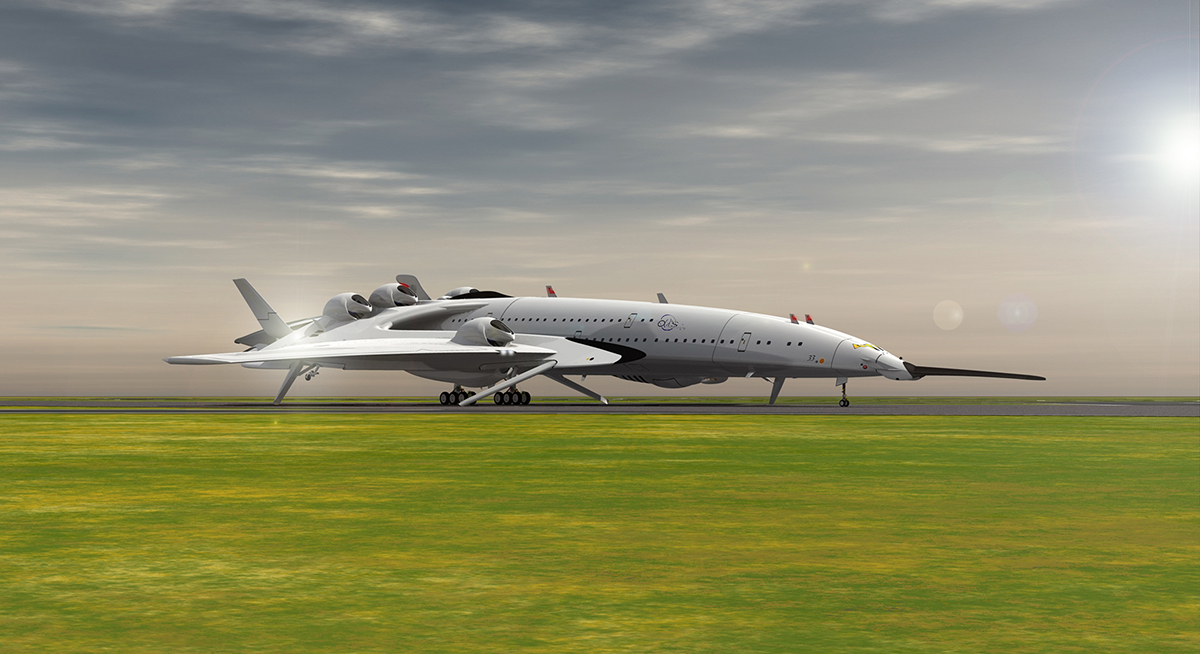
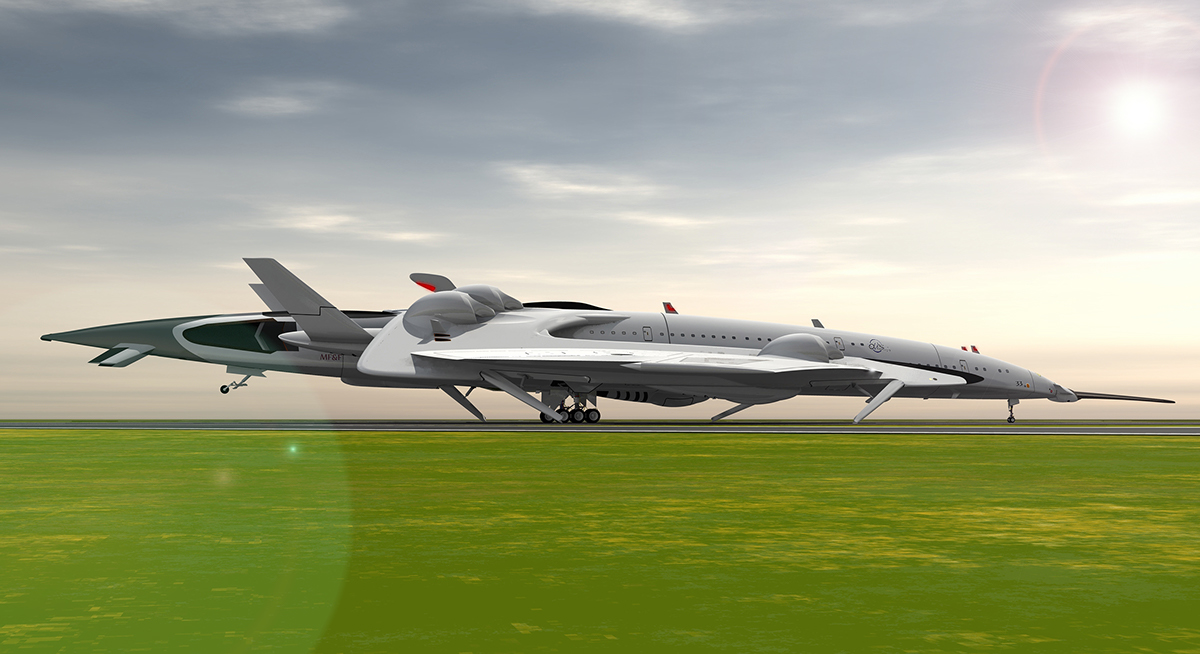
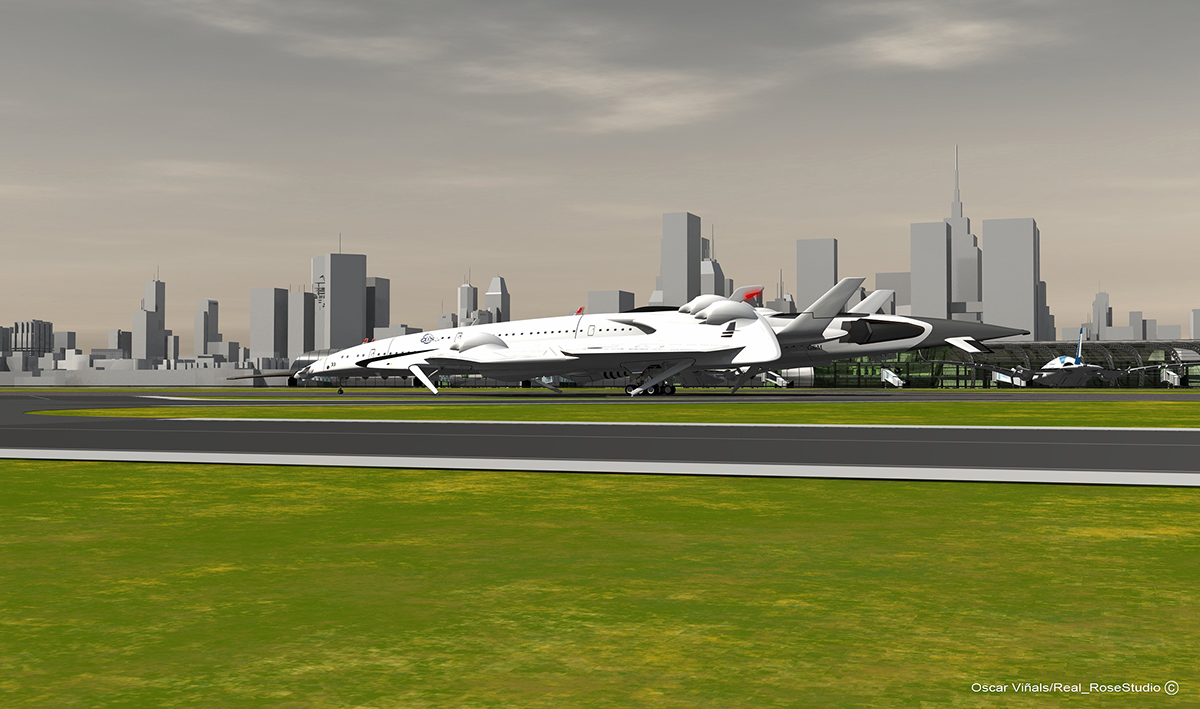
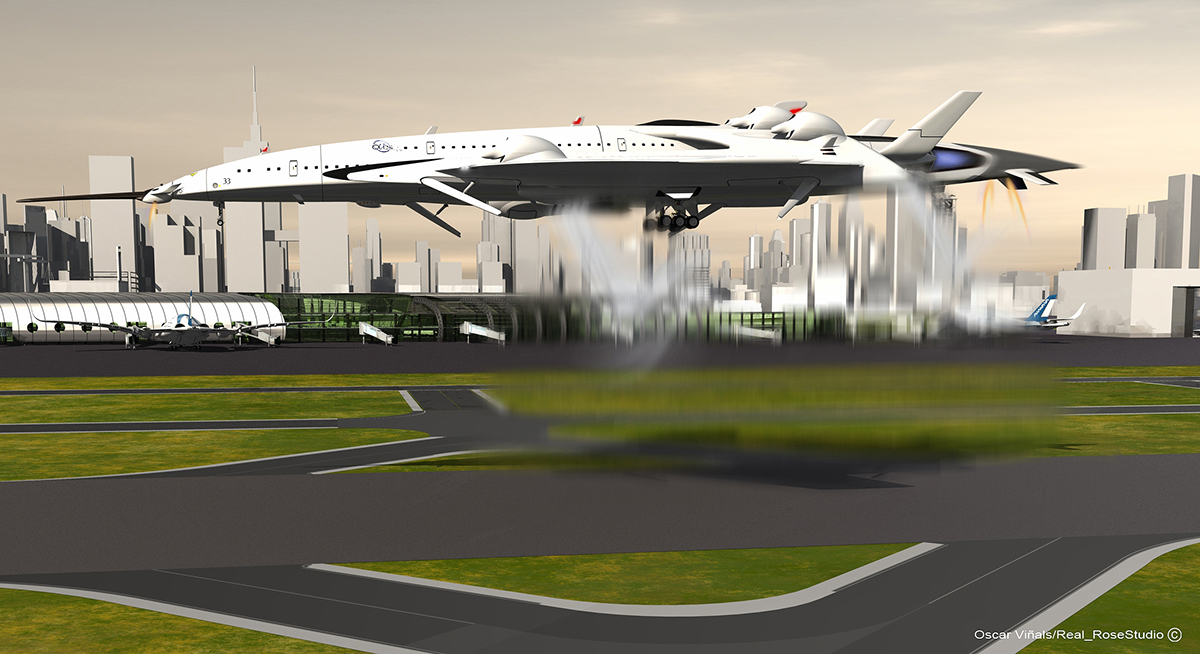

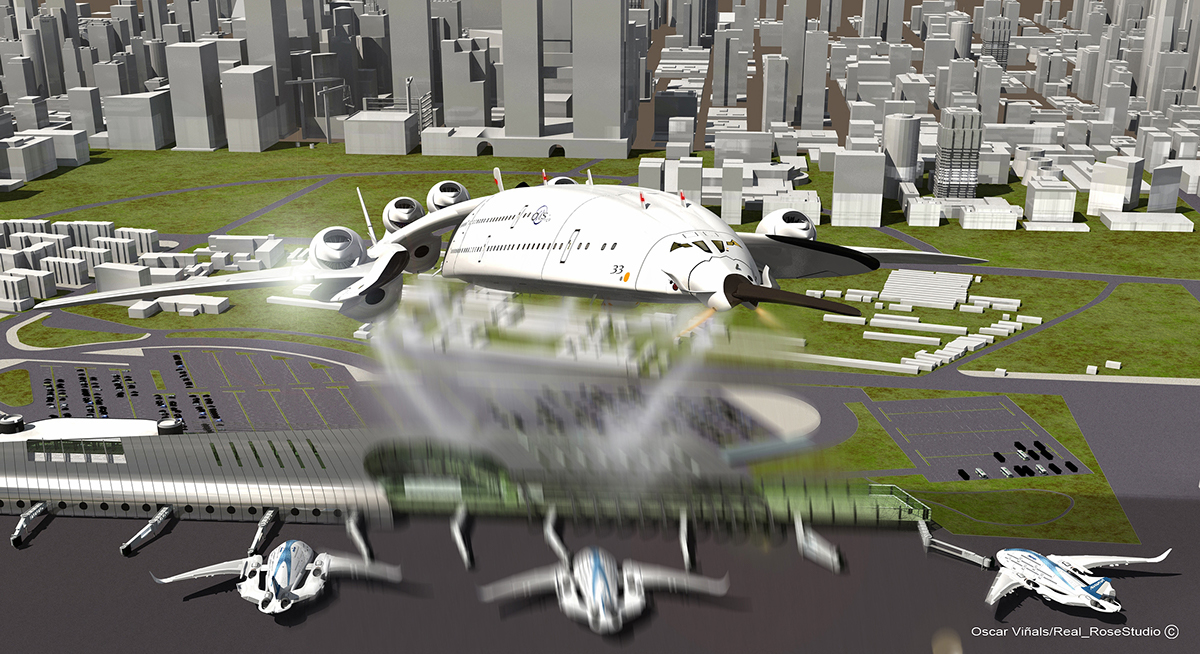

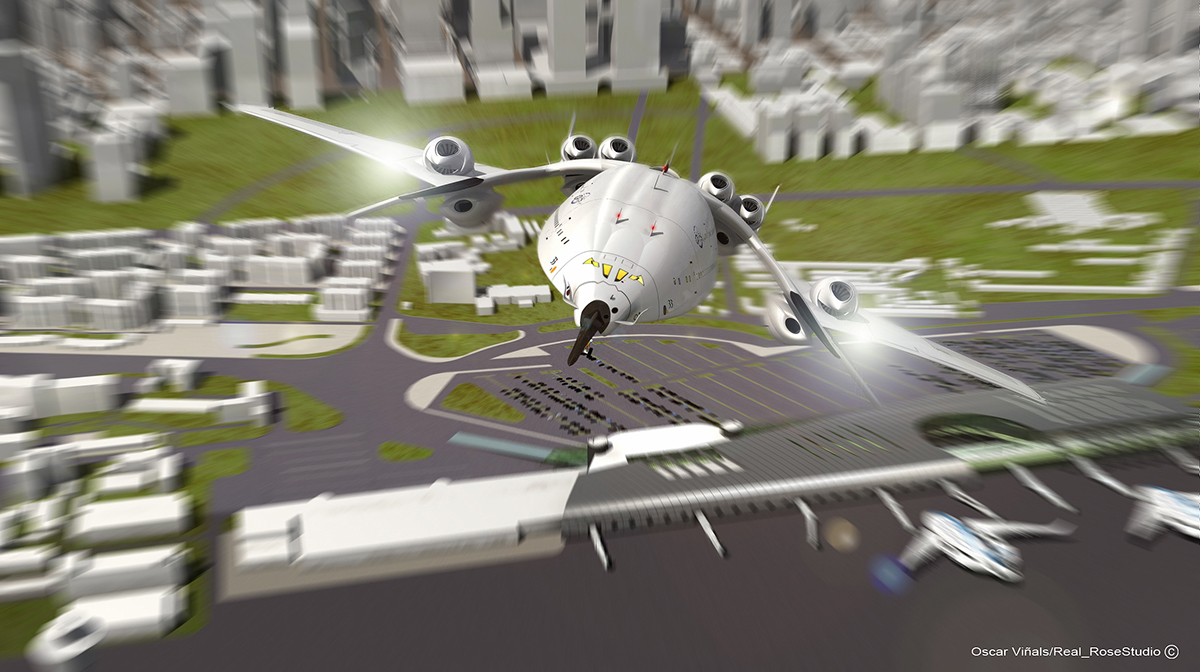
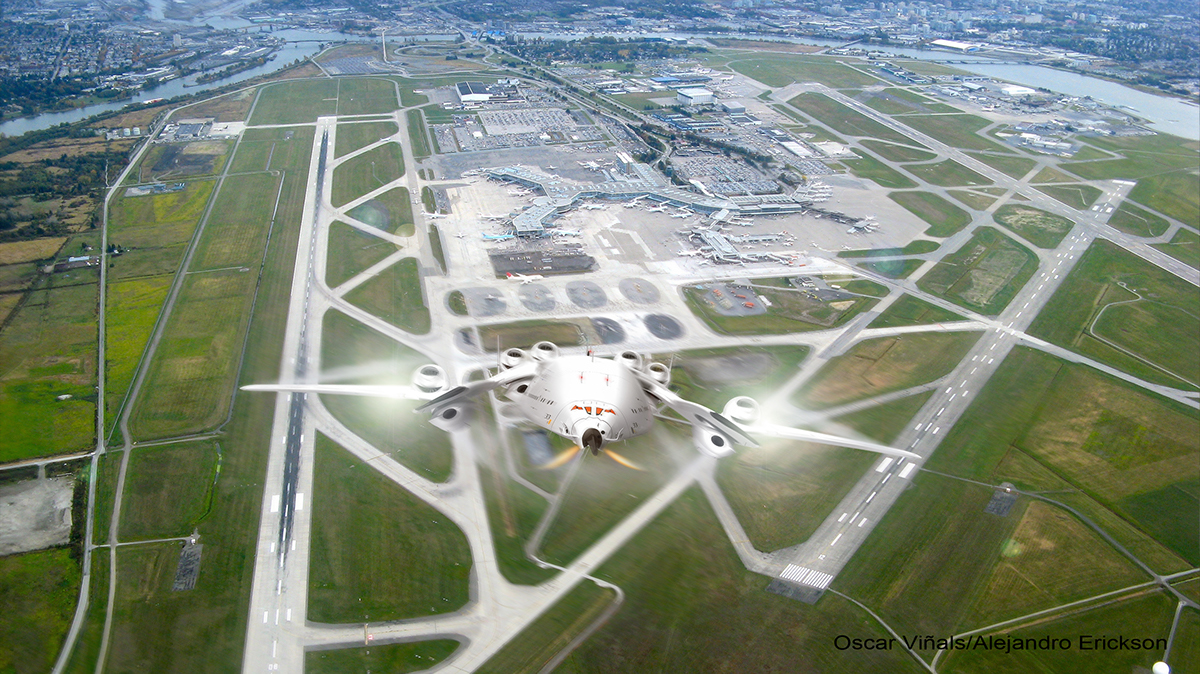


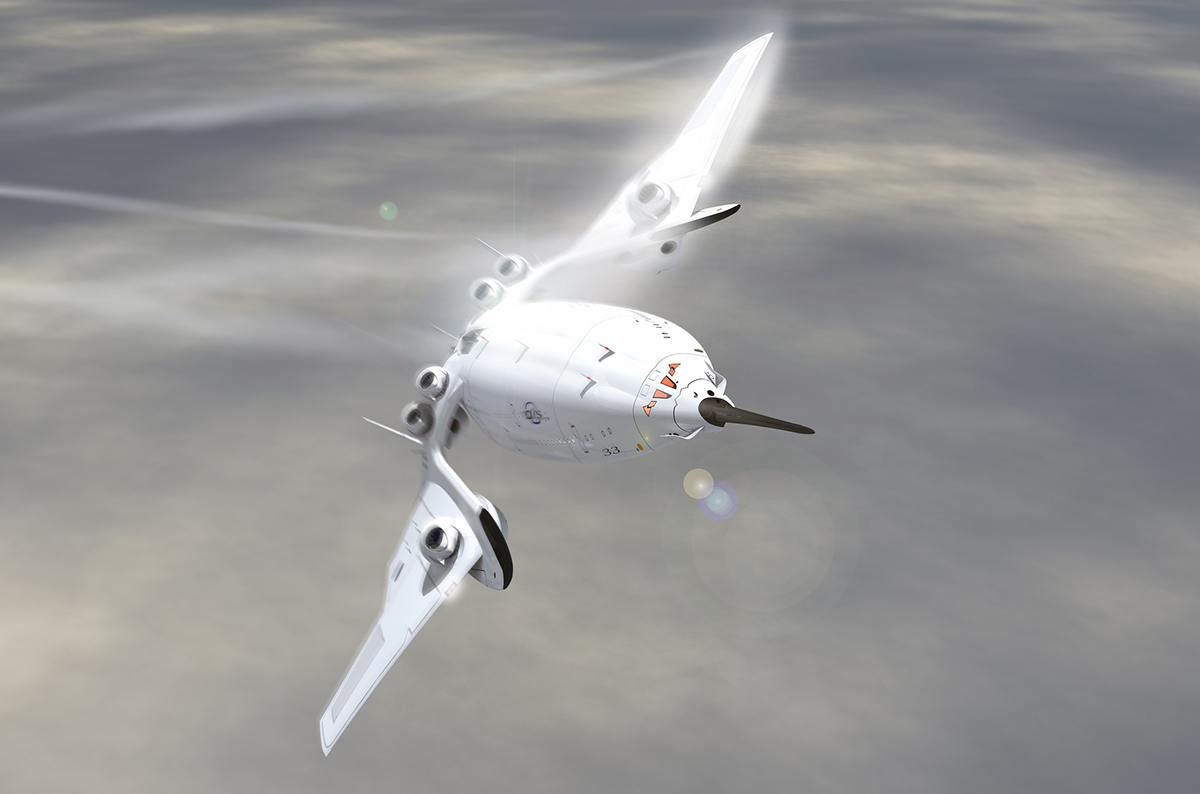
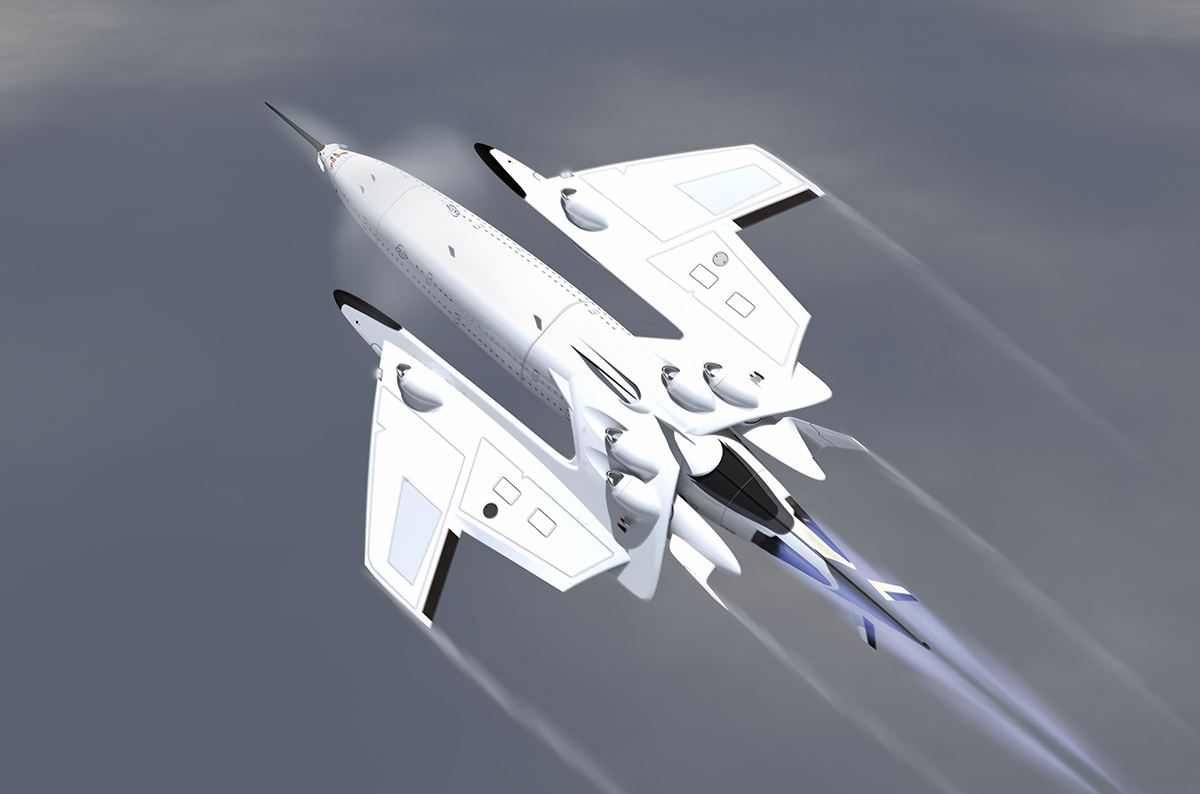
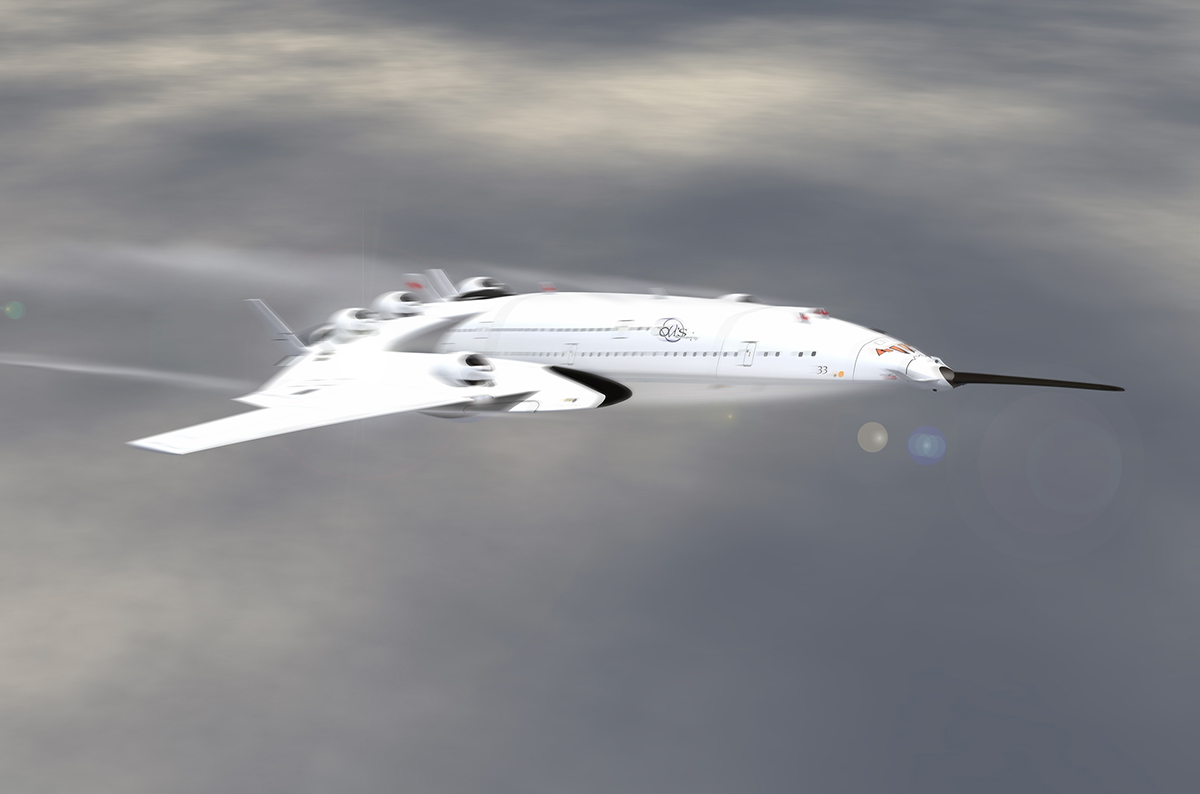
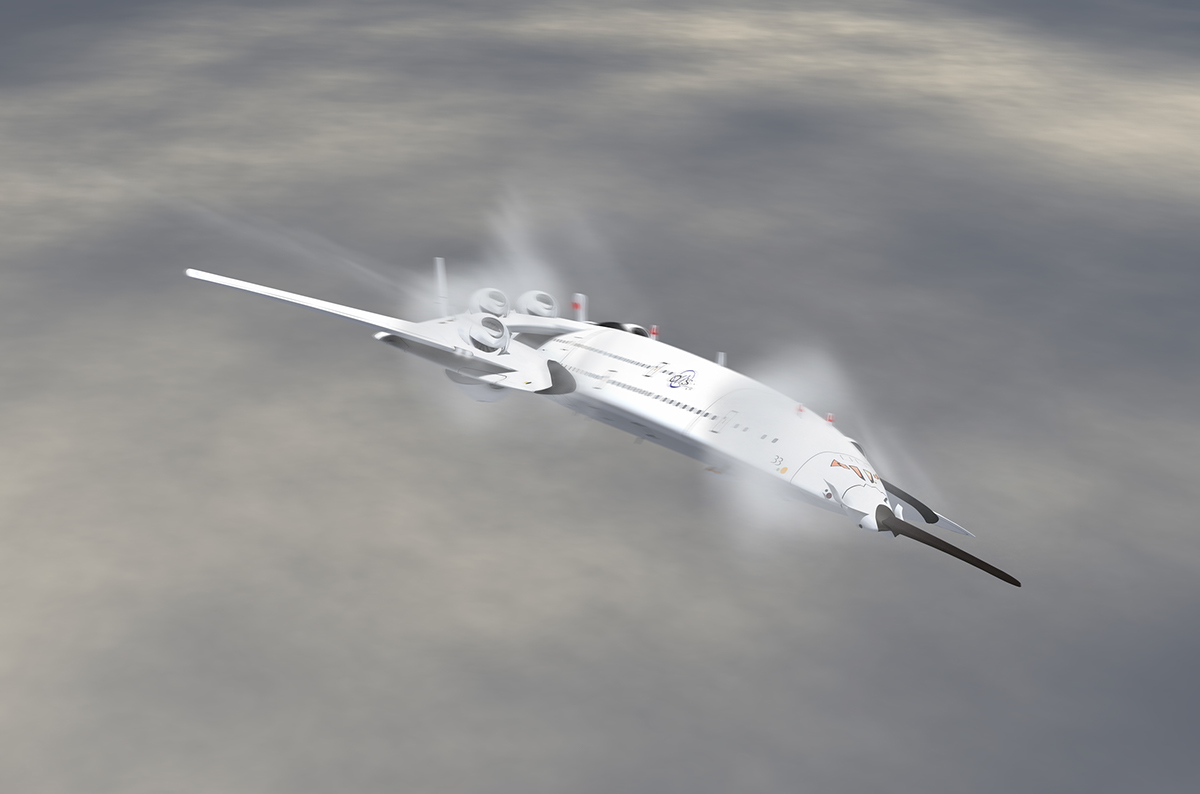
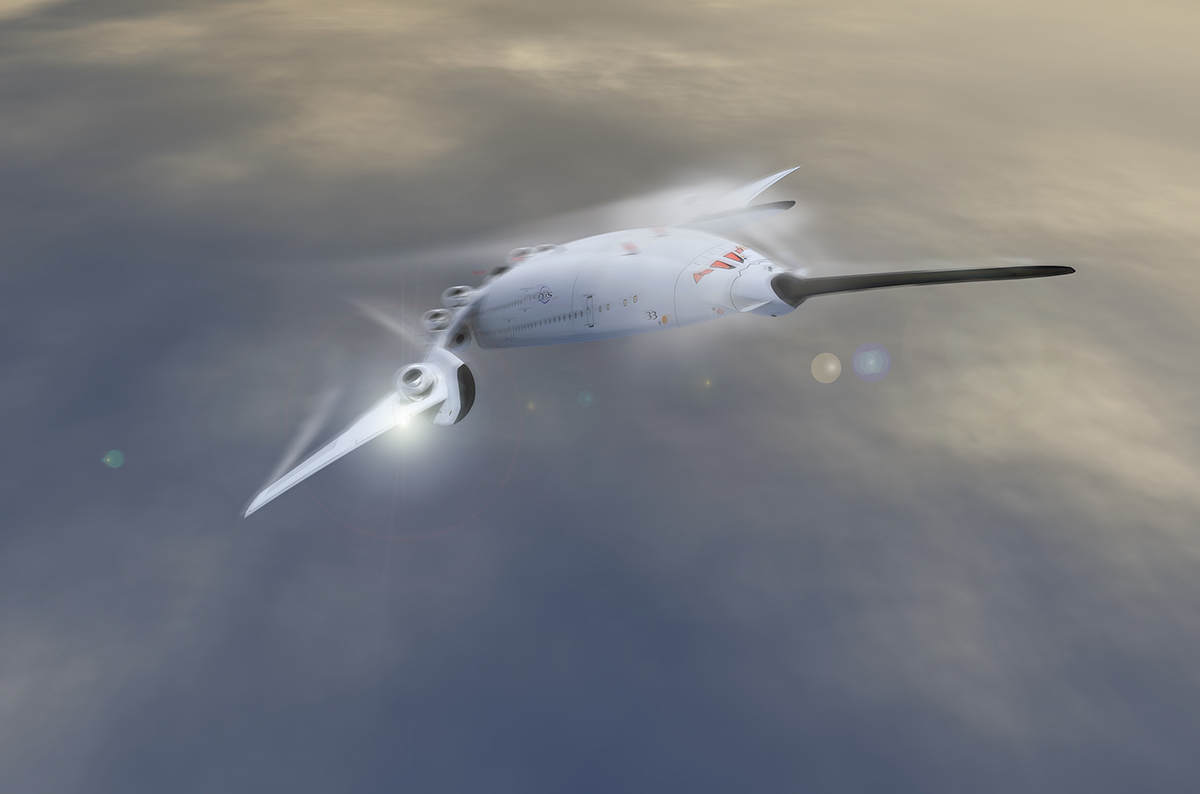
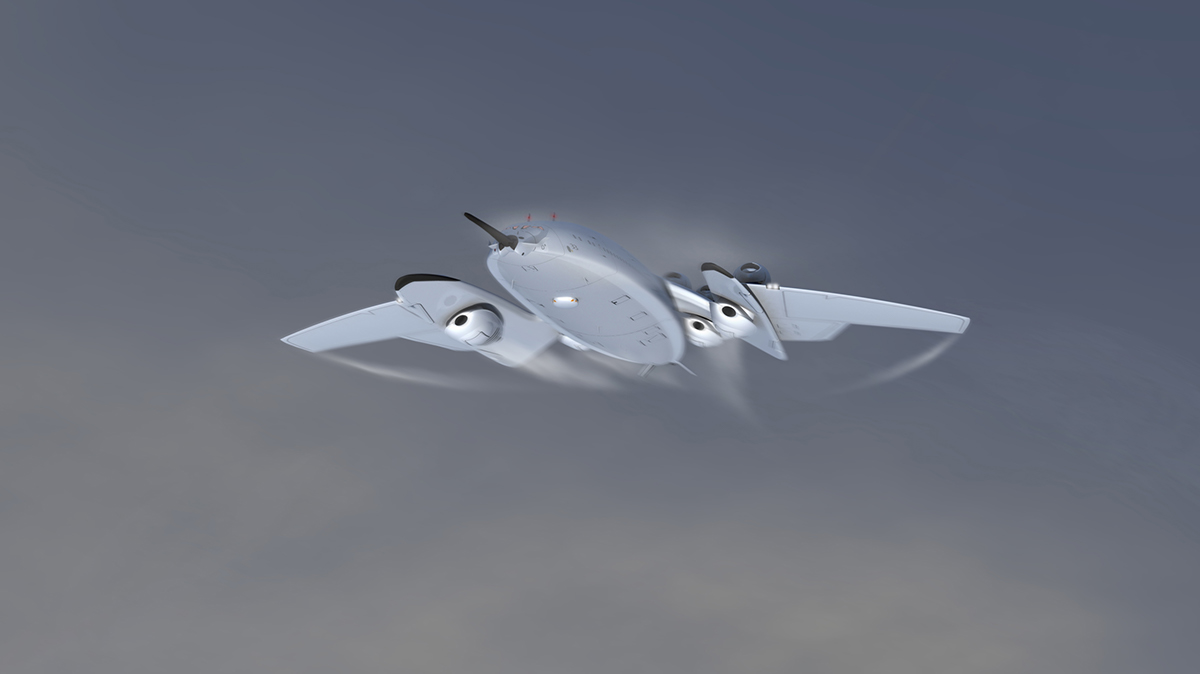
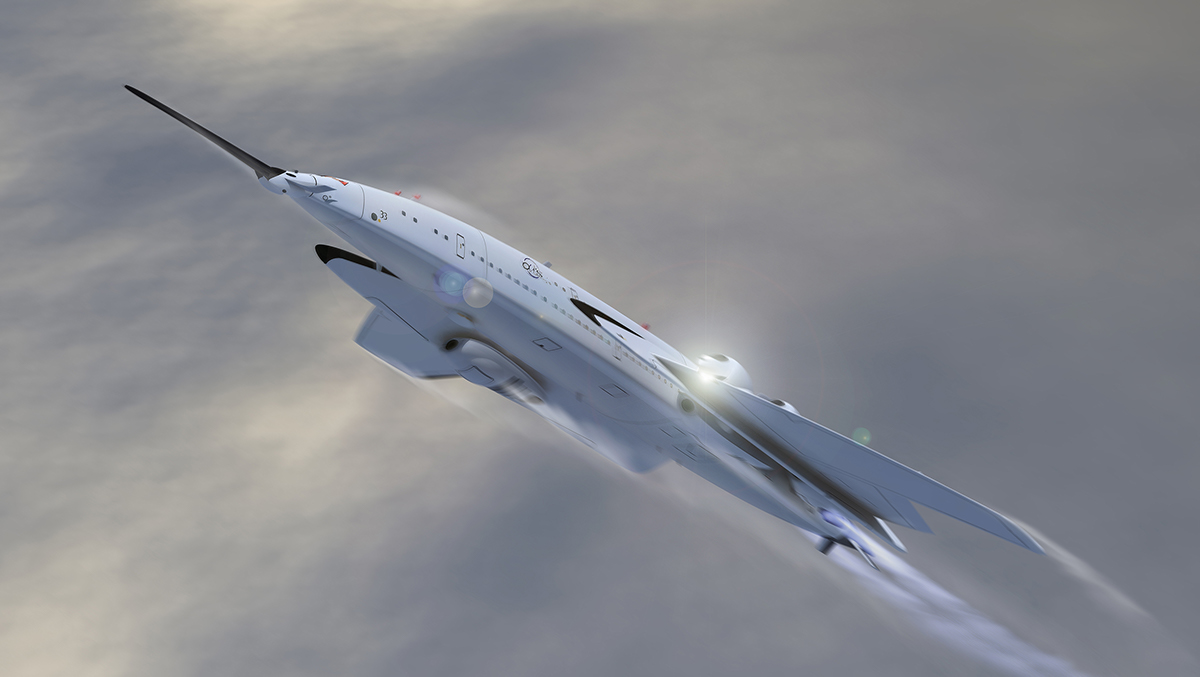
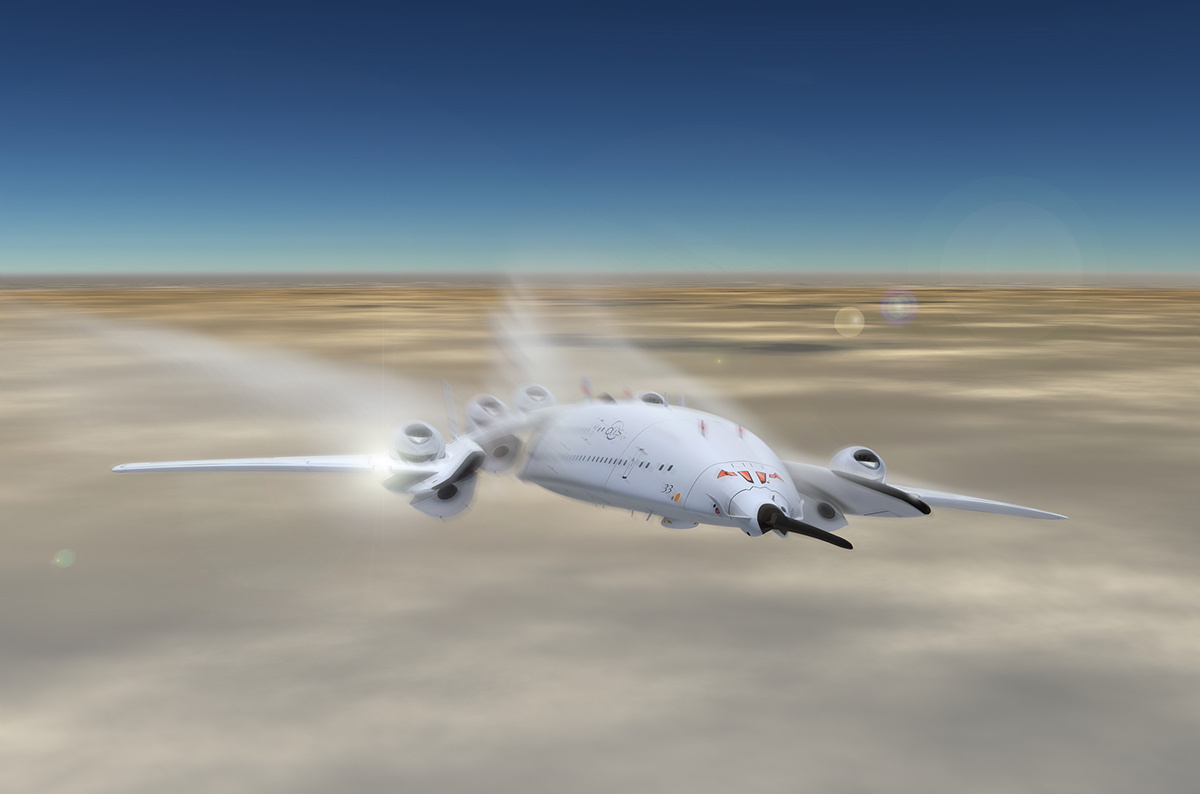

Possible future airliners...
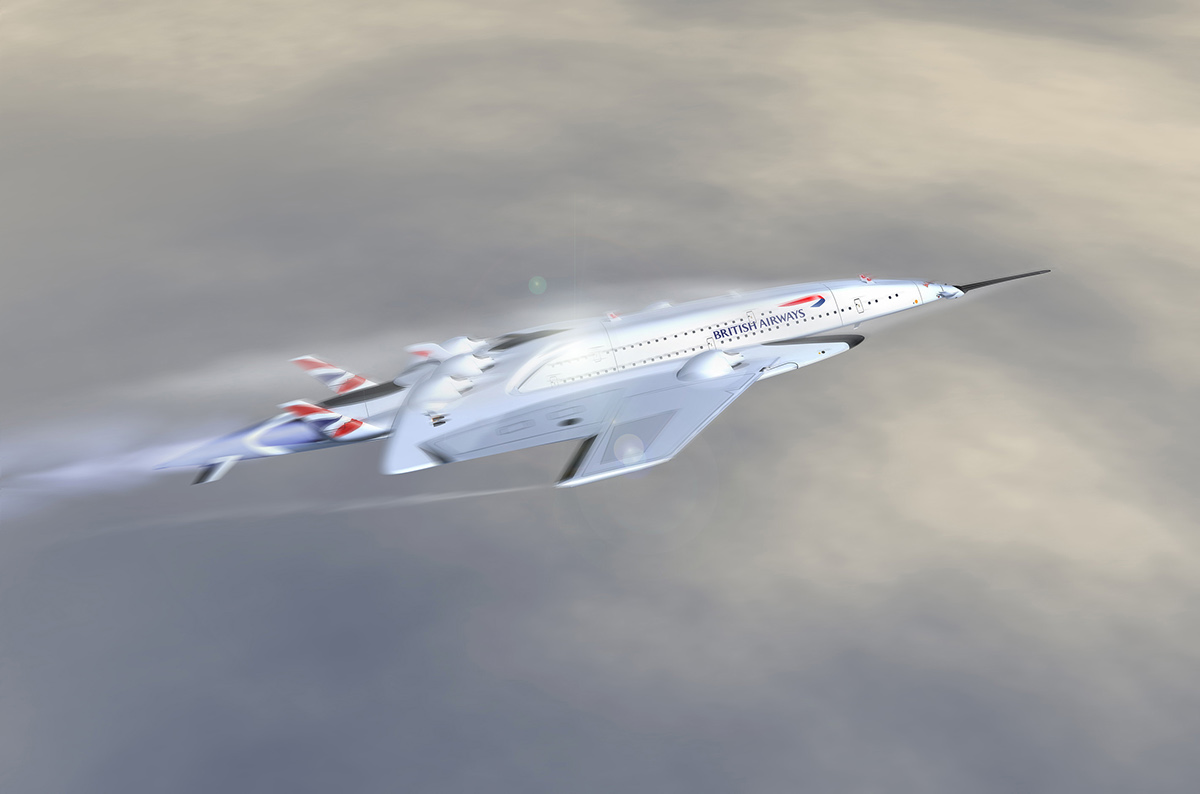
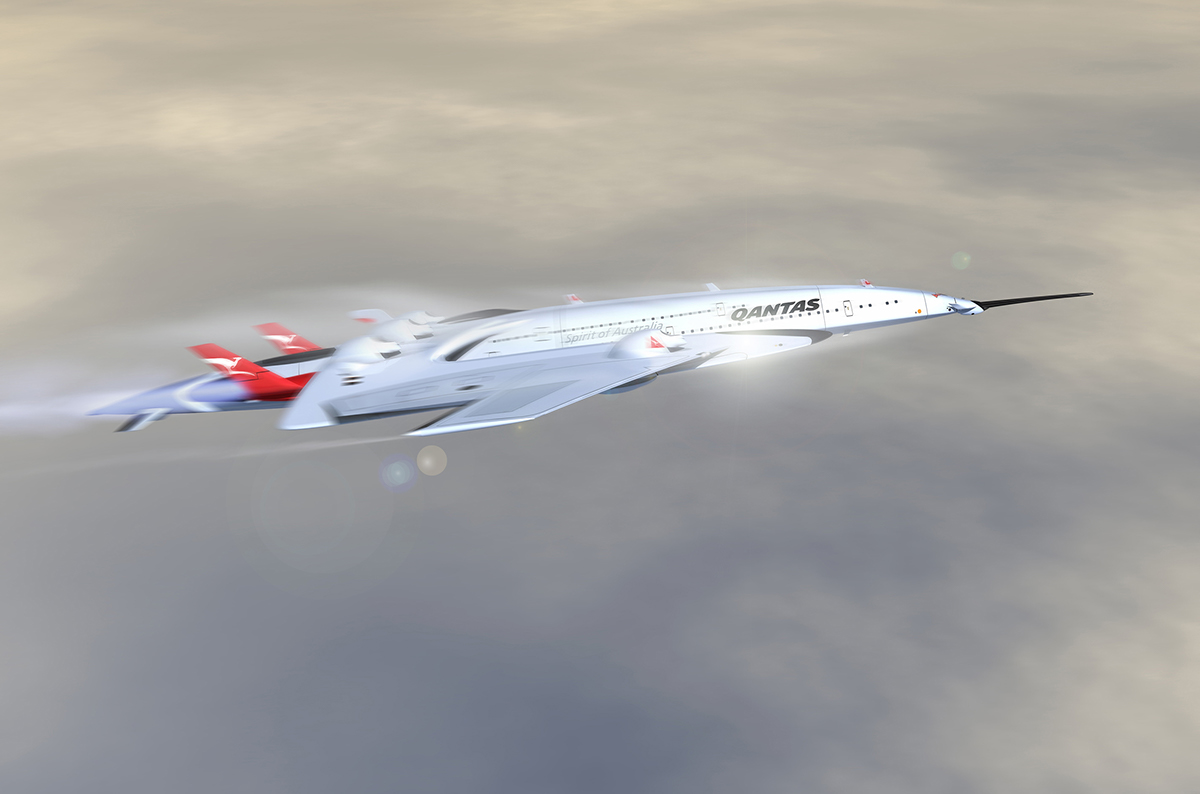

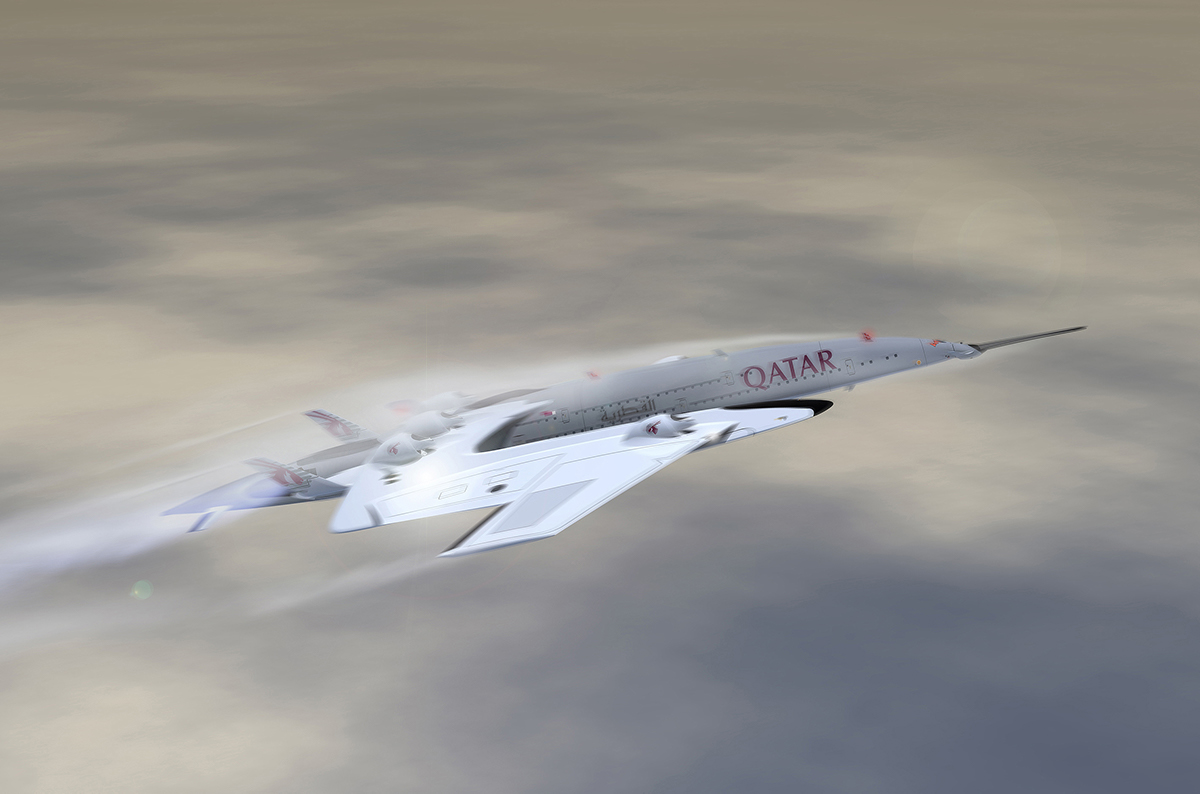
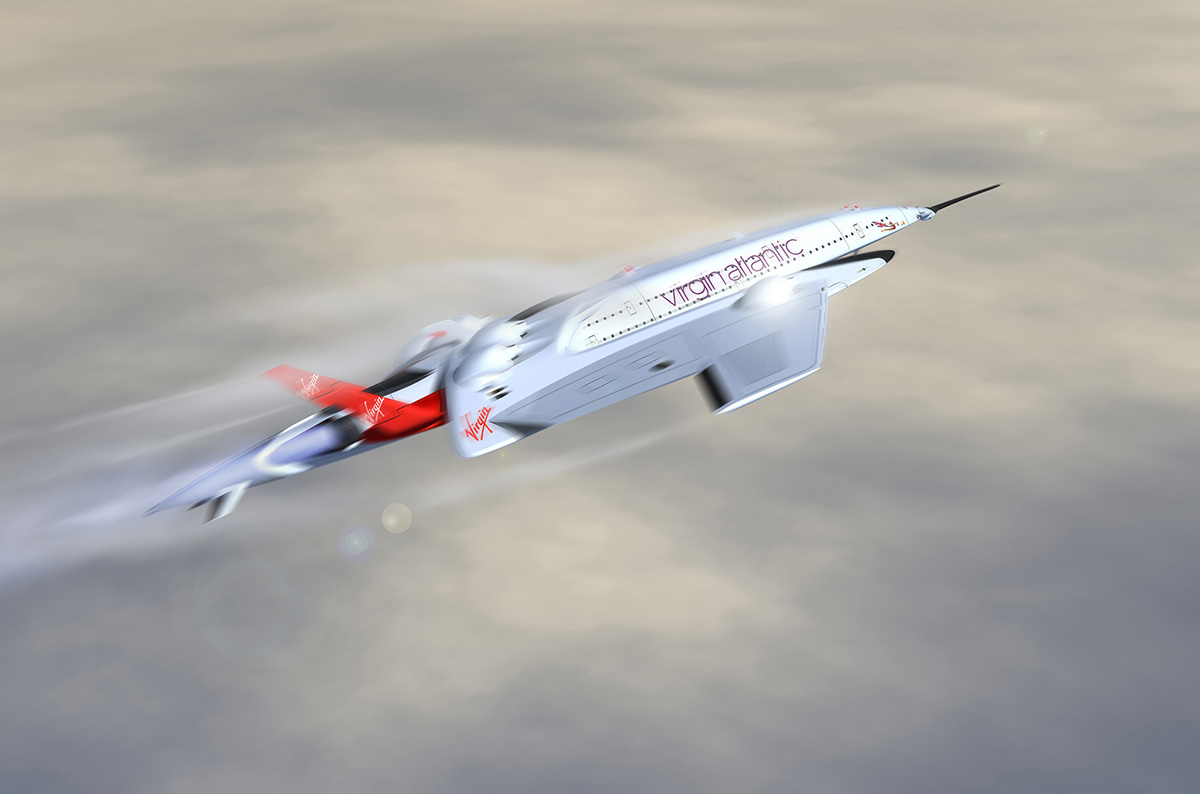
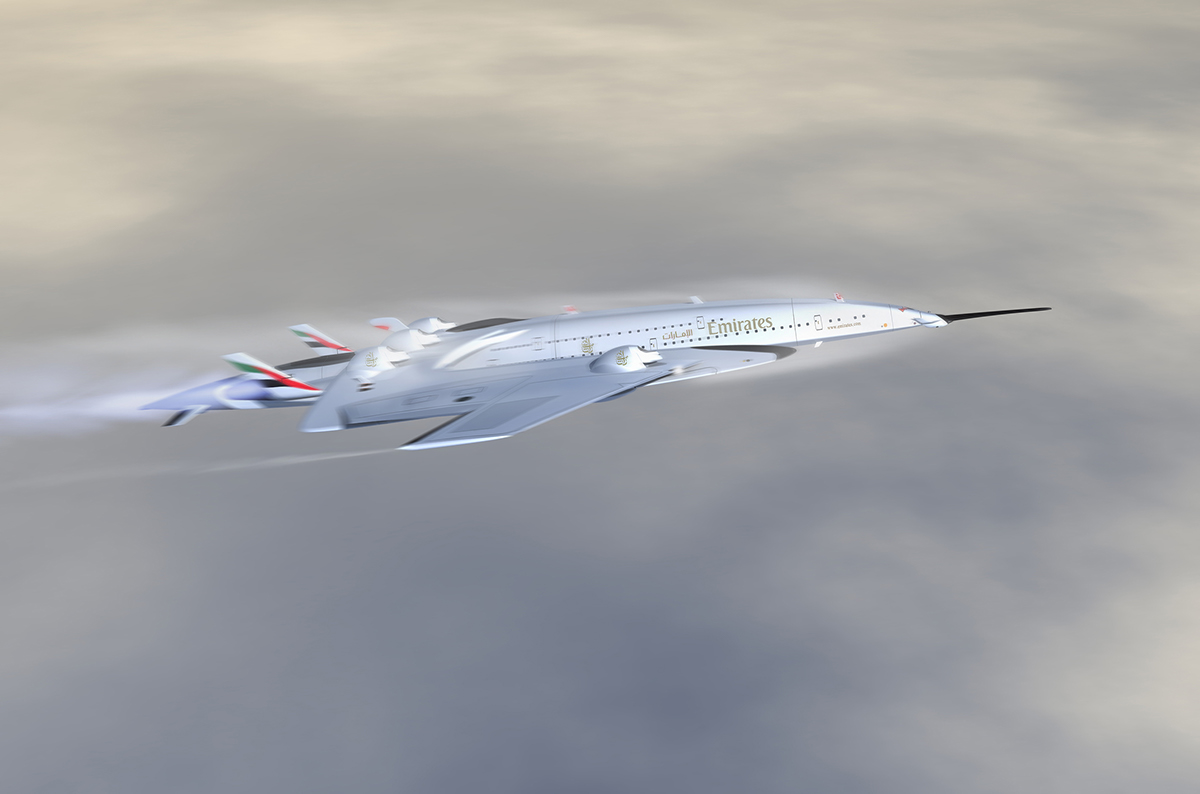
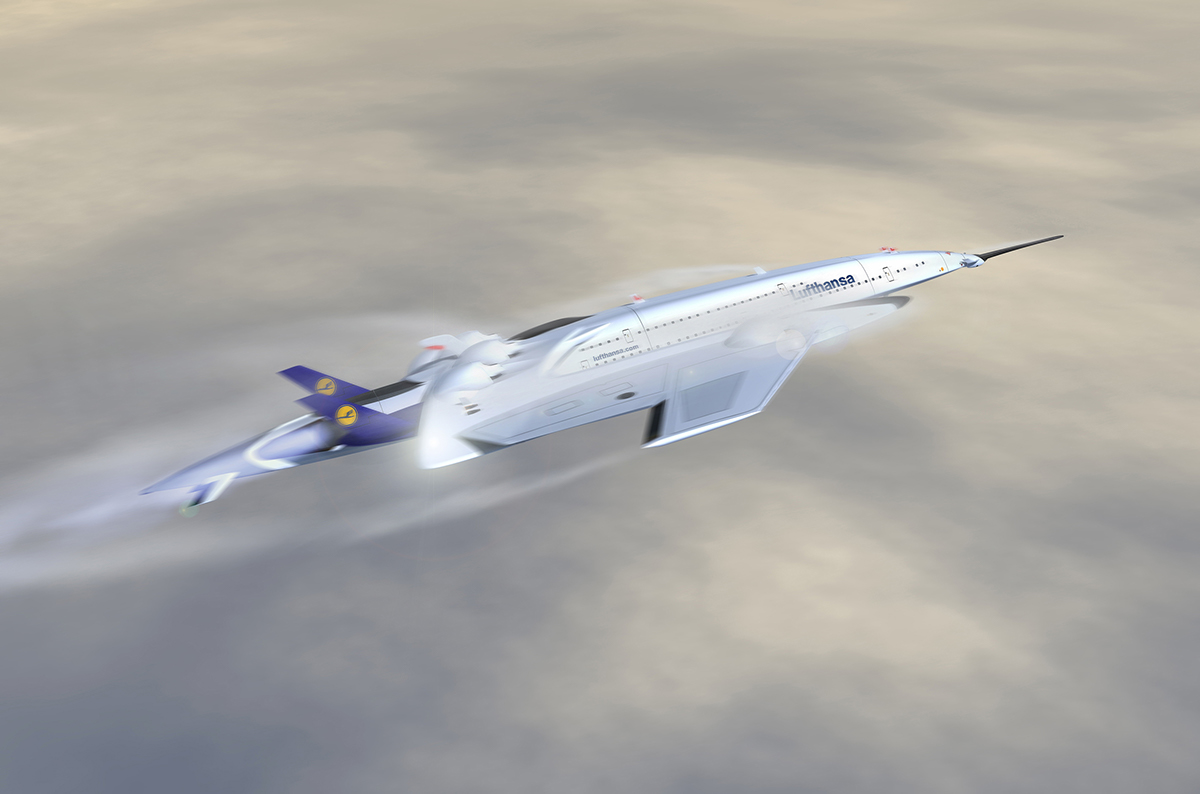

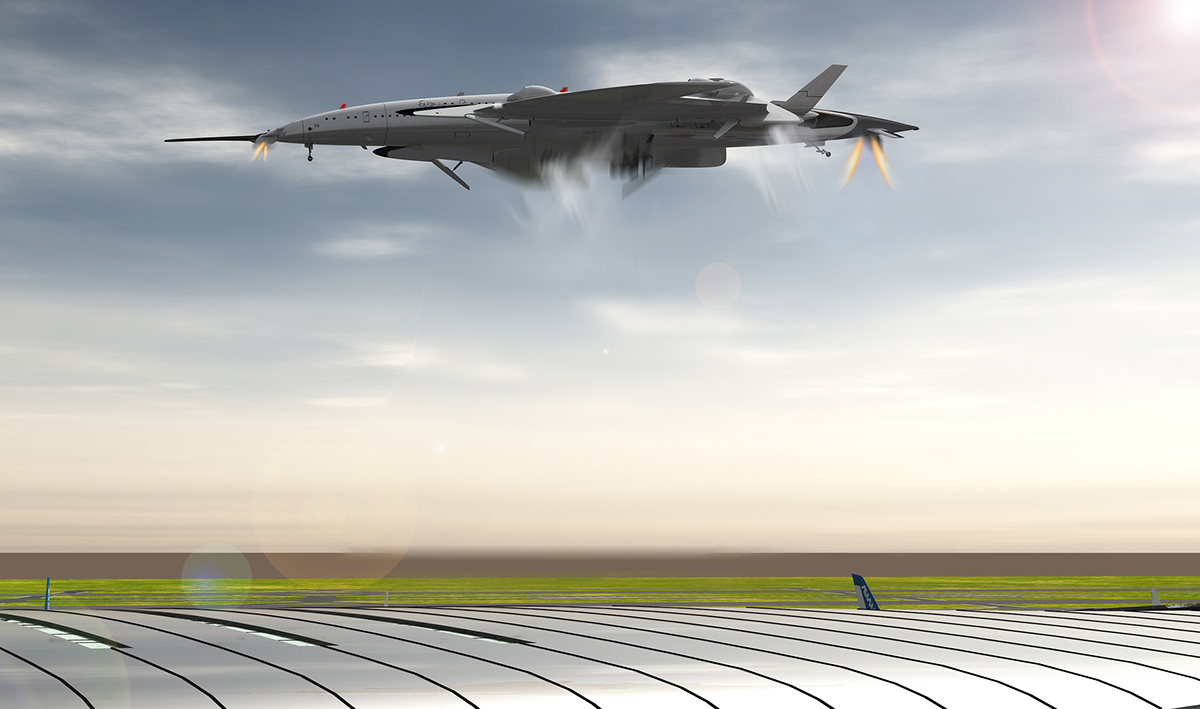
·The "FF" Flash Falcon specifications:
- Powerful & Eco friendly:
· Equipped by 6 Electric-Combustion engines -EC- (Hydrogen fuel). The EC could be hybrid engine combining an electric superconductive fan engine (ESF) with a combustion “engine” in order to obtain a powerful thrust. How it works?, the air intake is compressed by the ESF then is redirected into a “turbocharge” chamber that recompresses (heat) & accelerates it, after it is injected into combustion chambers which can regulate with an hydraulic diaphragm between them the amount of gas (Air-Hydrogen) to combust. A regulator system can redirect the gas exhaust to front, rear or down side.
To keep the best aerodynamic conditions, the EC engines have a special adjustable diffuser (front) to limit the drag at Supersonic speeds.
· Equipped by an engine based on a Portable Fusion Reactor (Tokamak or Stellarator)as a principal component of this "Reactor Engine", the SJE. Today companies like Lockheed Martin, Lawrenceville Plasma, Tri Alpha and Helion Energy are developing their own fusion reactors. There have been some ‘promising’ developments in the field of nuclear fusion in the last few years. Today these use Tritium fuel that is continually bred within the reactor wall and fed back into the reactor along with deuterium gas to sustain the reactions.
The SJE would be an engine based on future Fusion Reactor concepts (Tokamak & Wendelstein 7-X “Stellarator”) but with the property to be portable and also composed by an Electric Superconductive Engine in transversal position that get in the external airflow and redirect it to two "TurboElectric" Engines locates on the right & left sides, after the air is compressed pass at a recompression & mixing chamber (Air+He+Heat) and finally all the mixed "matter" is combusted in a "plasma-chamber" with injected Hydrogen obtaining a thrust like a Rocket's Engine. It could use only Hydrogen as a “fuel” to generate huge amounts of Electric Energy, gas “He” & Heat energy. All without contaminant waste or "radioactive" materials. This engine could be started during a year with a few amounts of "fuel's fusion" and cover long haul flights without refueling.
The SJE could impulse the “FF” up to Mach 3 speed (3.672 Km/h) at 18.000m (60,000ft).
I hope that in the next generation of PFR (Portable Fusion Reactor) we will be using as a fuel, Hydrogen (H) or Helium-3 (3He) as the best option. But in this case we will need to return to the Moon to obtain this element, because today is the only place close enough where it is possible to find.
Also, the Electric Energy produced by the PFR would be used to power the six EC engines and to recharge the airplane’s batteries.
- Noiseless (no Sonic Boom):
· Equipped with a system capable to reduce significantly "in theory" (based in my personal study & research about this "physical effect"), the "Sonic boom". Thanks to special plane’ shapes, the “SBES” system (Sonic Boom Eraser System) and construction materials; the “N” waves that an airplane produces when reaches the speed of sound are neutralized (faraway).When the Planes fly faster than the speed of sound, it causes powerful shock waves because airflow has no time to adjust to it. The overpressures & under-pressures (”N” shaped pulses) decay with the distance creating the well-known "Boom sound" & sometimes the possibility of micro earthquakes.
How SBES works?
1.Composed by a system similar to LPM (-Long Penetration Mode- is a NASA’s concept system to control the sonic boom effect) located on the "Nose" & "Wings", will intake some of the air through a nose nozzle and then recirculate that cool gas over the surfaces to reduce the wing/hull’s exterior heat to a manageable temperature. This very cold air flow will also muffle the noise created as FF’s speed exceeds the sound barrier.
2. A special "Airplane's Nose" with a long front to have a very good air-front penetration, two diffusers located in the left and right sides in the front of the plane in order to divide the shock waves and redirect these to the outside and over central fuselage. Also, composed by a jet air system on the front Airplane's Nose and together with micro-nozzles locates on the wings, the system would be capable to "erase" substantially the "Sonic boom" effect, creating an "Air layer" around the Airplane's parts that cause the airflow overlapping.
Also, the nose is equipped by small jet propulsions that are used to stabilize the aircraft in the take-off & landing manoeuvres.
3.The EC engines control the shock waves too (overpressures & under pressures), under the plane, injecting an airflow at high speed.
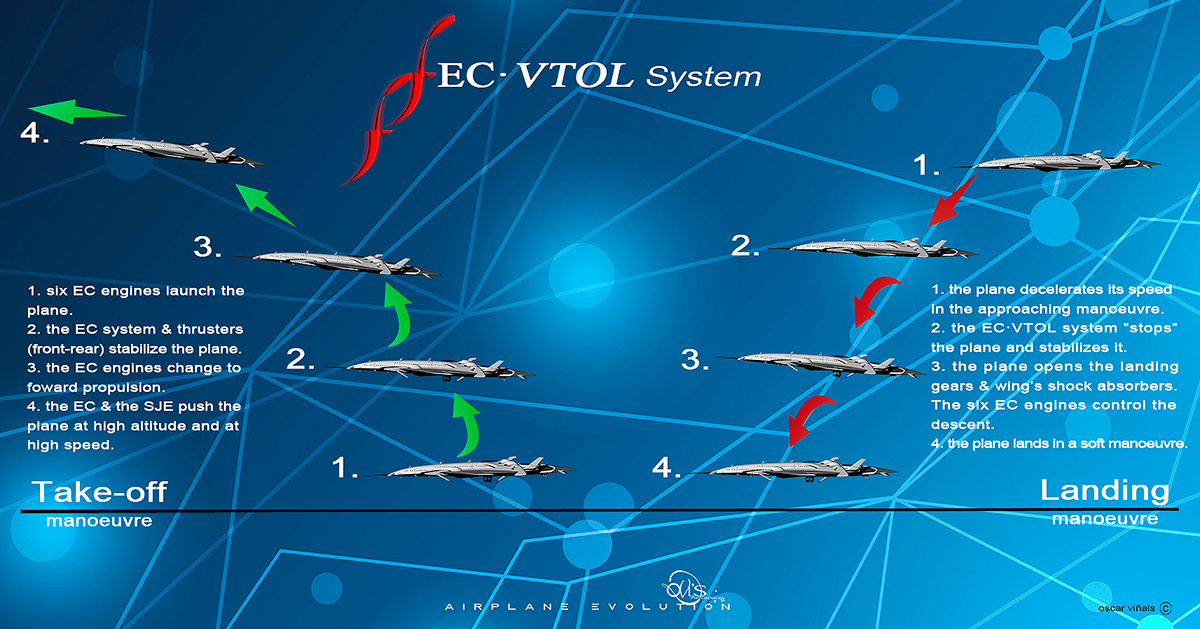
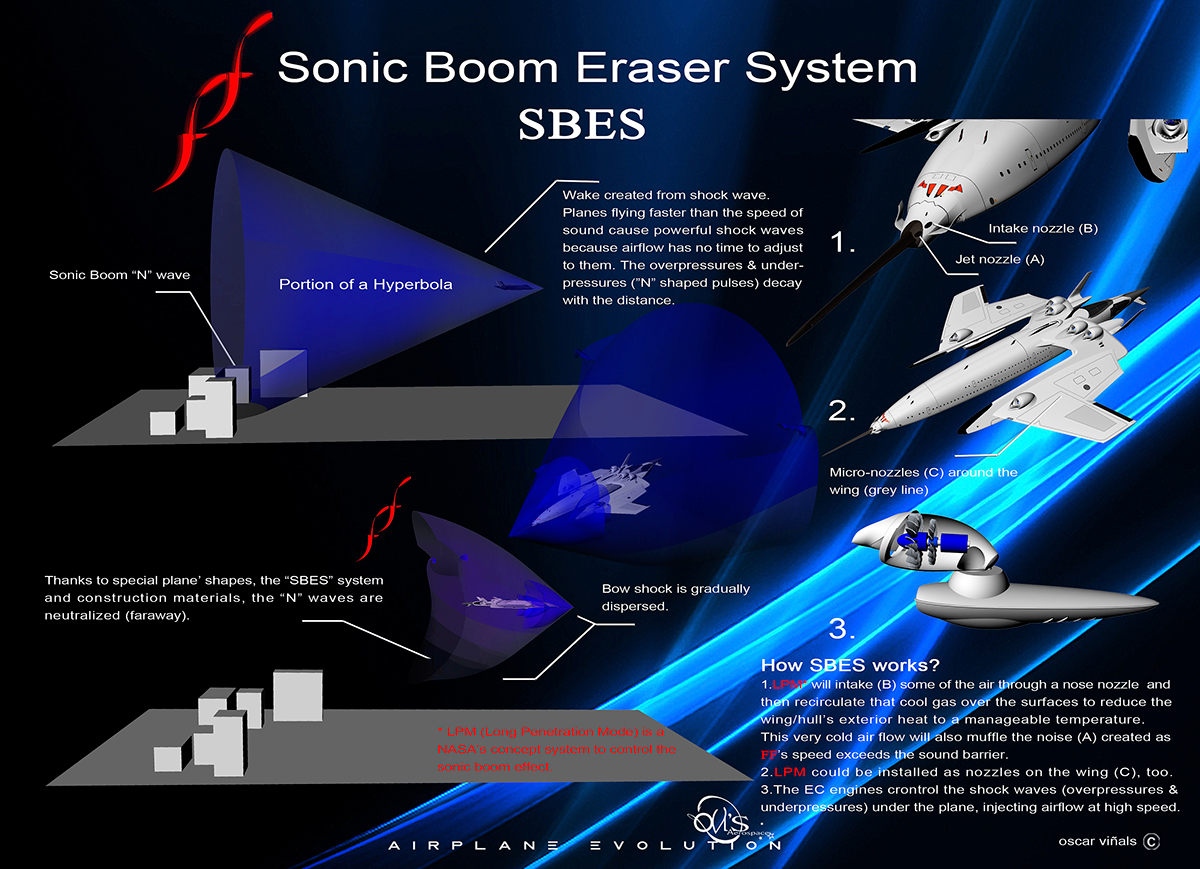
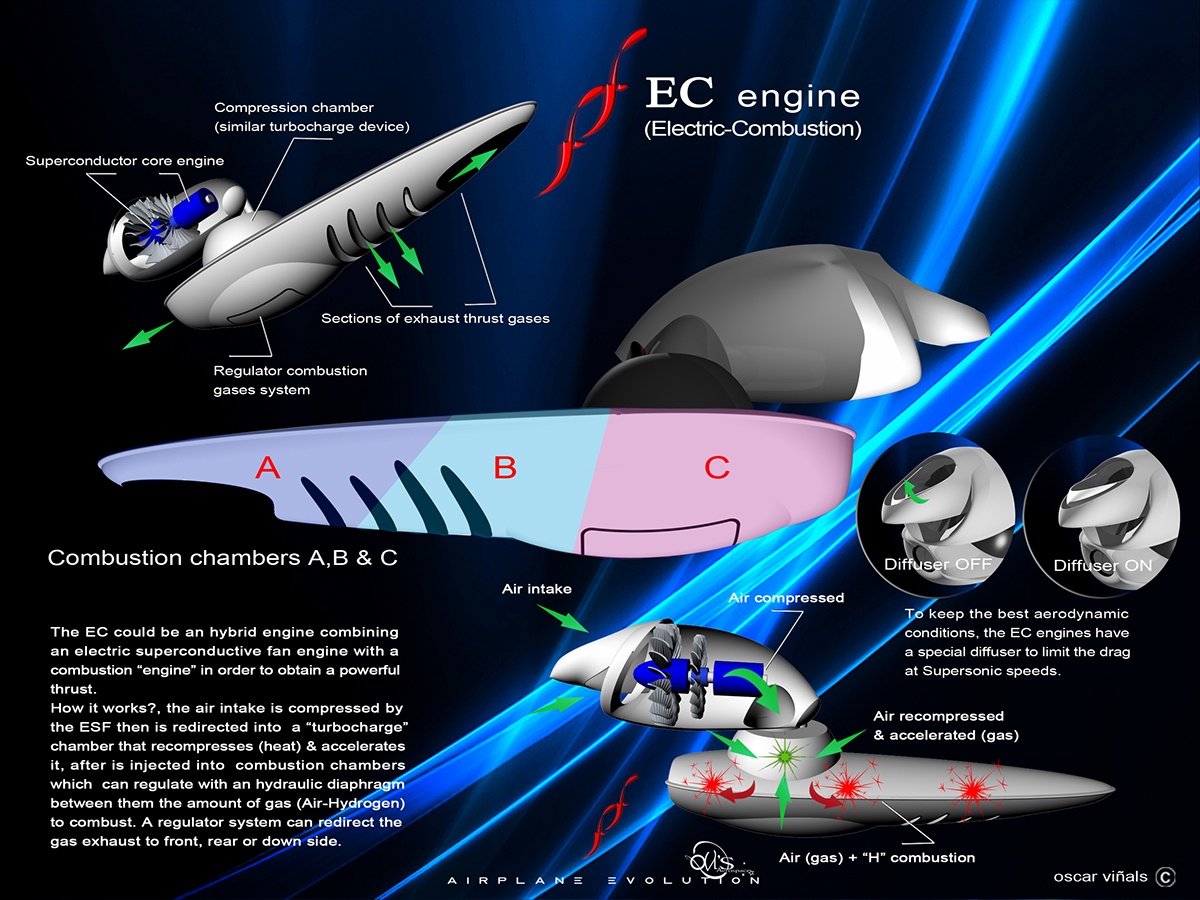
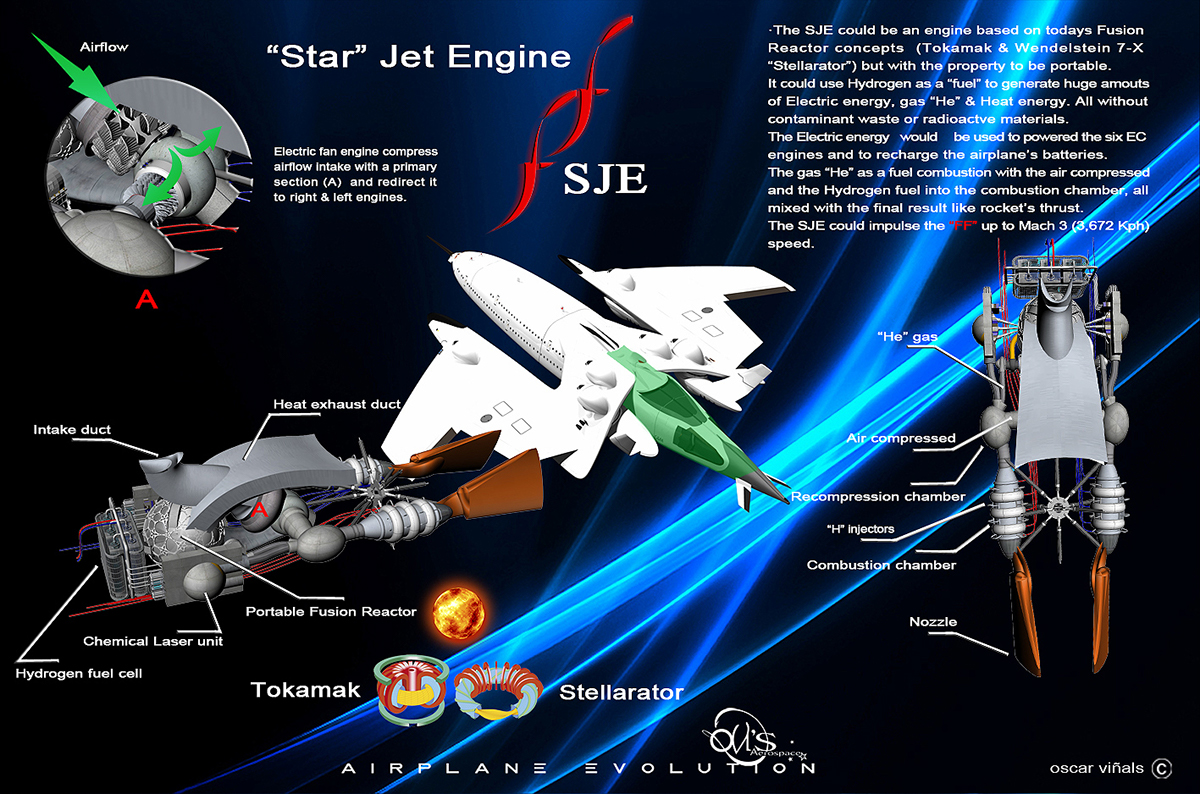

- Structure
-The "FF" would have two decks with a Business class (2nd floor) and a Super-tourist class (1rt floor) in order to transport 250 passengers in a very comfortable “personal space”, where every passenger could enjoy a roomy “easy chair” & all the “gadgets” to have a very nice flight. On the bottom side of the plane, there would be located the payload bay & around the plane’ structure a substructure composed by graphene material like a “big” battery, capable to storage a great amount of Electric Energy.
If the future Supersonic's Airplanes could transport more passengers, the price of the tickets could be more affordable for a large amount of people.
- The "FF" Cyclops
It is a system that could assist the aircraft’s pilots to fly with the best conditions and to take-off and landing in perfect conditions. Composed by, Laser guidance system to assist the airplane when the climatology is adverse, in order to guide the plane analyzing the altitude, air speed, position, angle of flight, and more…, cameras (night vision, thermal vision, UV vision) & a 3D radar. Located under the airplane's fuselage.
-Wing Shocks
It is a system to absorb the energy transferred when the aircraft lands and to hold the wing’s weight (engine too) when it is landed.
-Smart Wings
The wings could change its angle in relation to the central fuselage in order to obtain better aerodynamics performance when the airplane flies over speed of sound. With smart ailerons (built with shape-memory alloy -SMA-) without movable parts.
-Vertical Take-off & Landing -VTOL-
Thanks to the six EC engines the "FF" could have the capacity for manoeuvres like a Harrier jump jet, take-off & landing in vertical mode.
-Stabilizer Jets
The plane could have on the front (2 jets under "the nose") & rear (3 jets under the fuselage) sides a lift Jet nozzles in order to keep the plane stable when it takes off and lands and when the airplane decelerates.
“Logic will get you from A to Z; imagination will get you everywhere.”
Albert Einstein


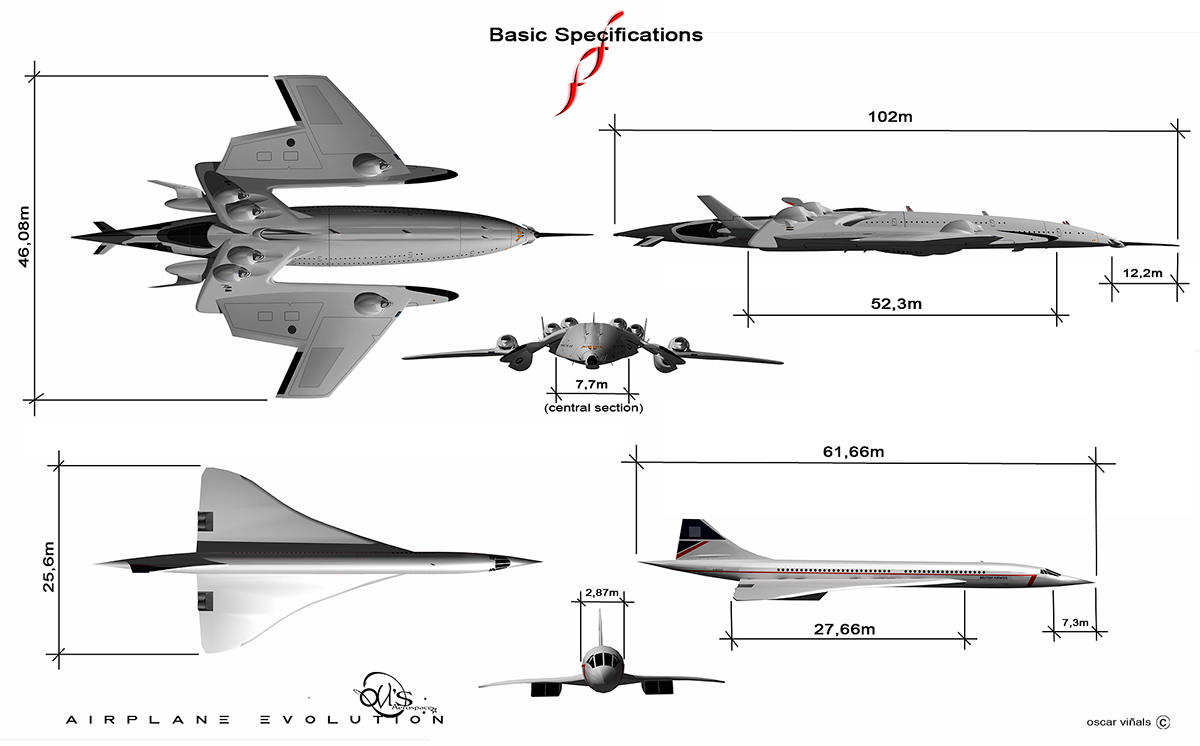
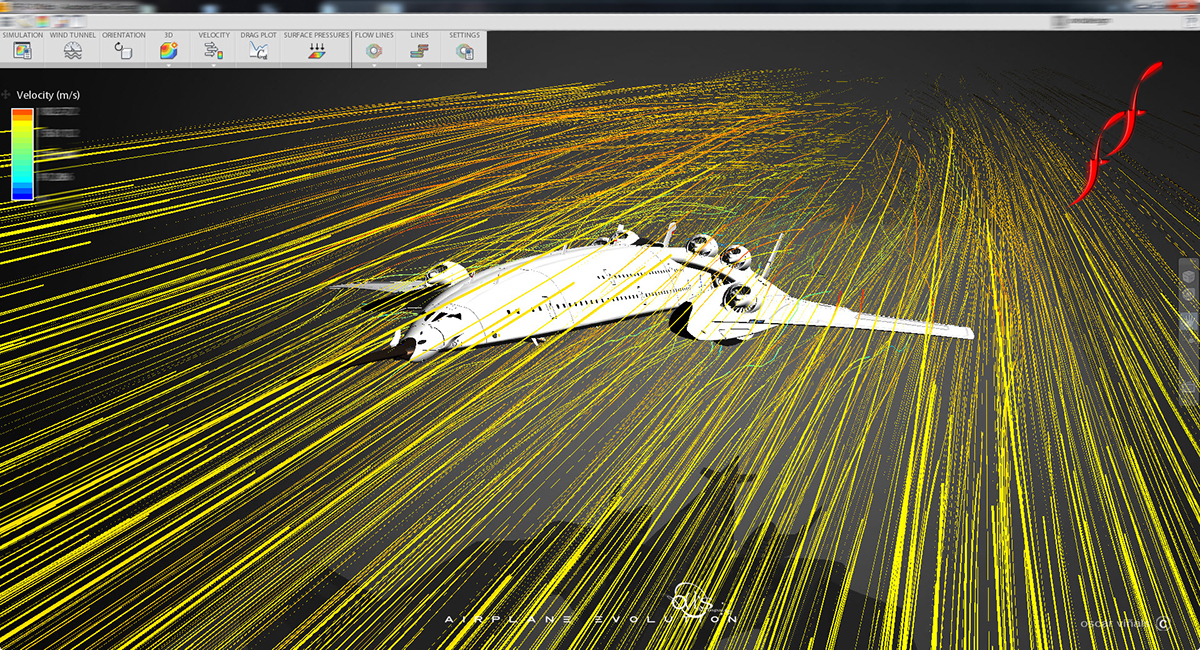
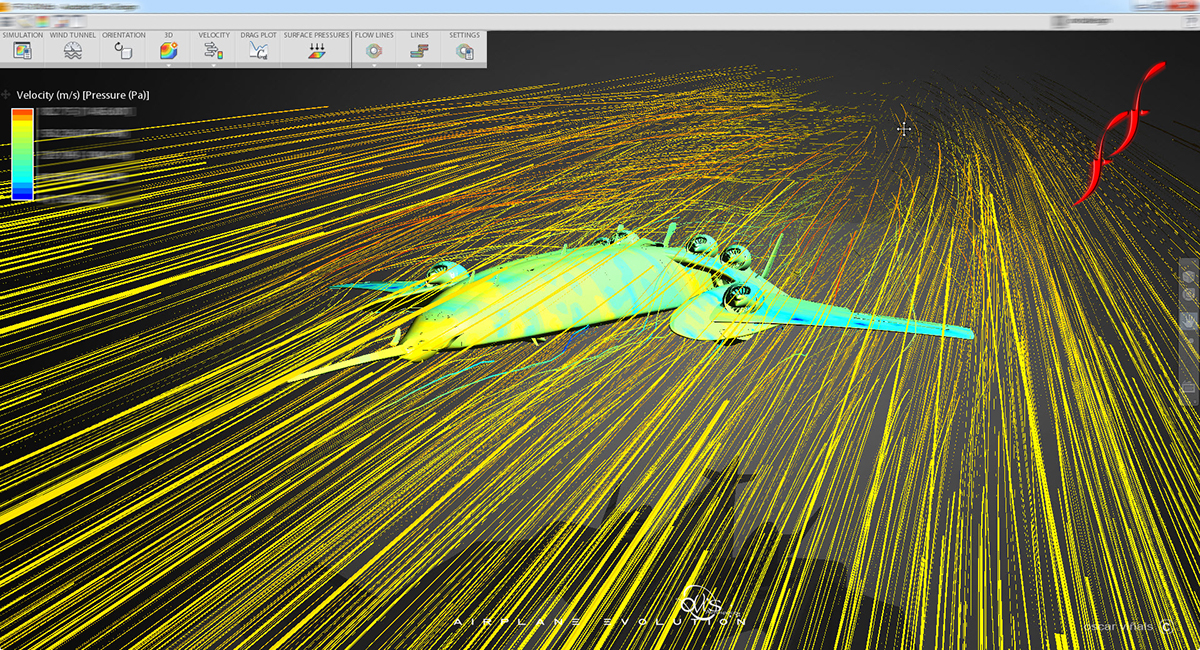
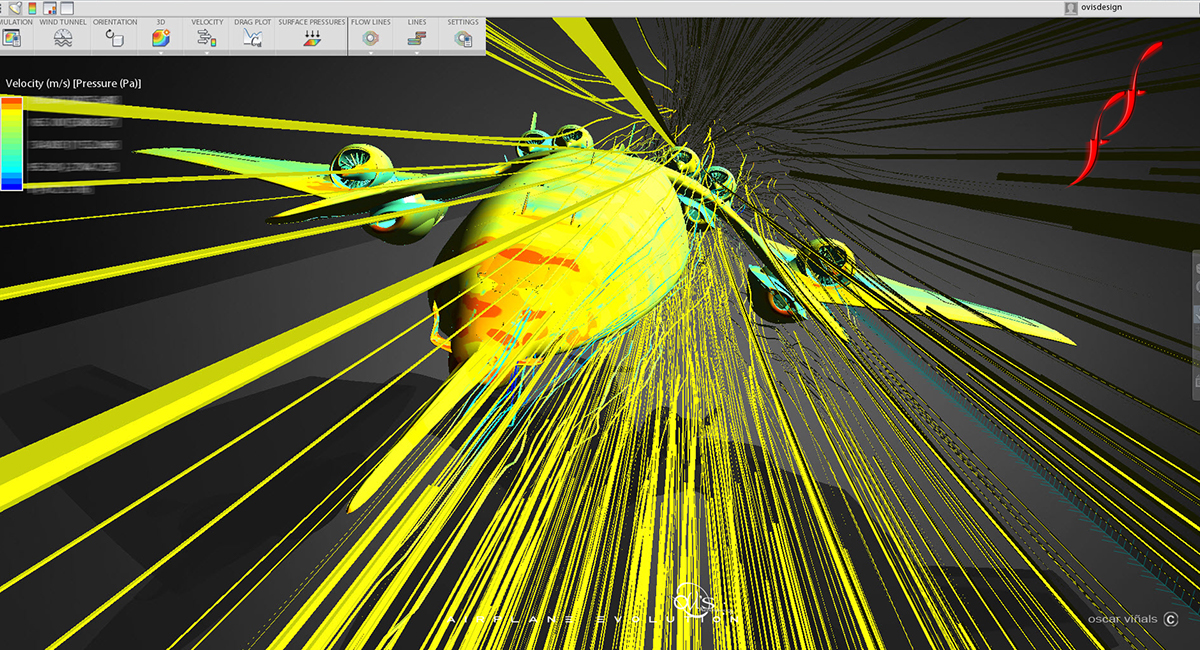


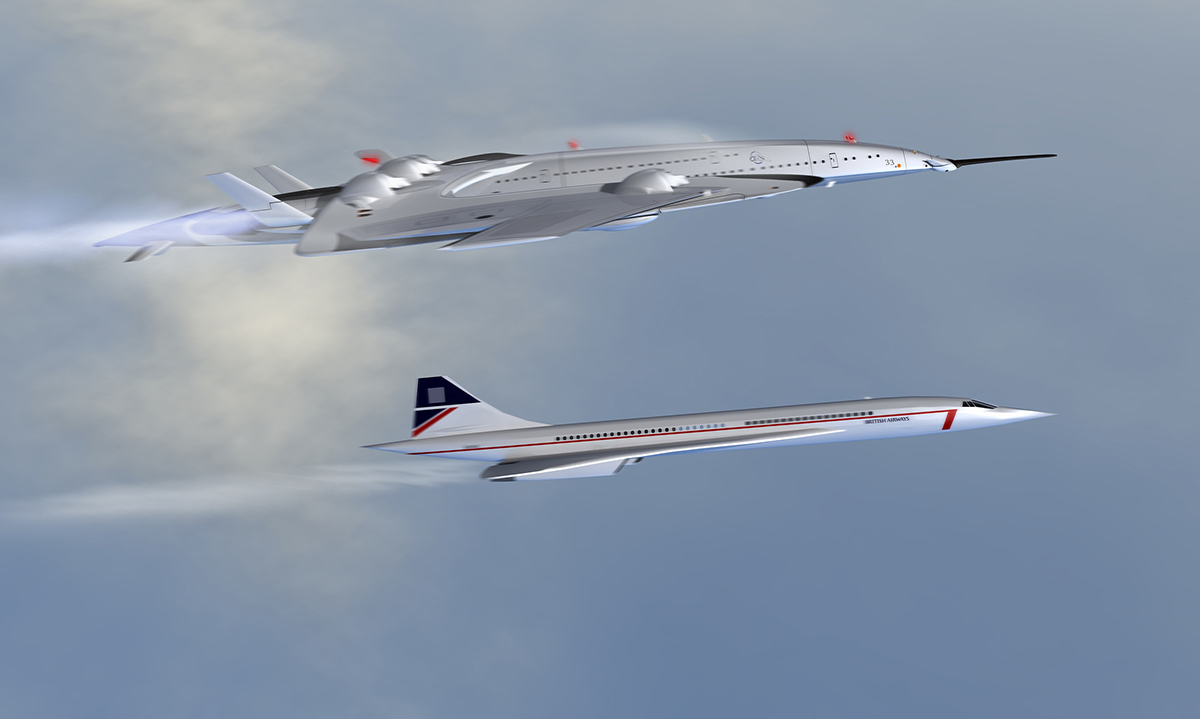
Sci-Fi section...
Perhaps for a Movie, the "Air Fast One"

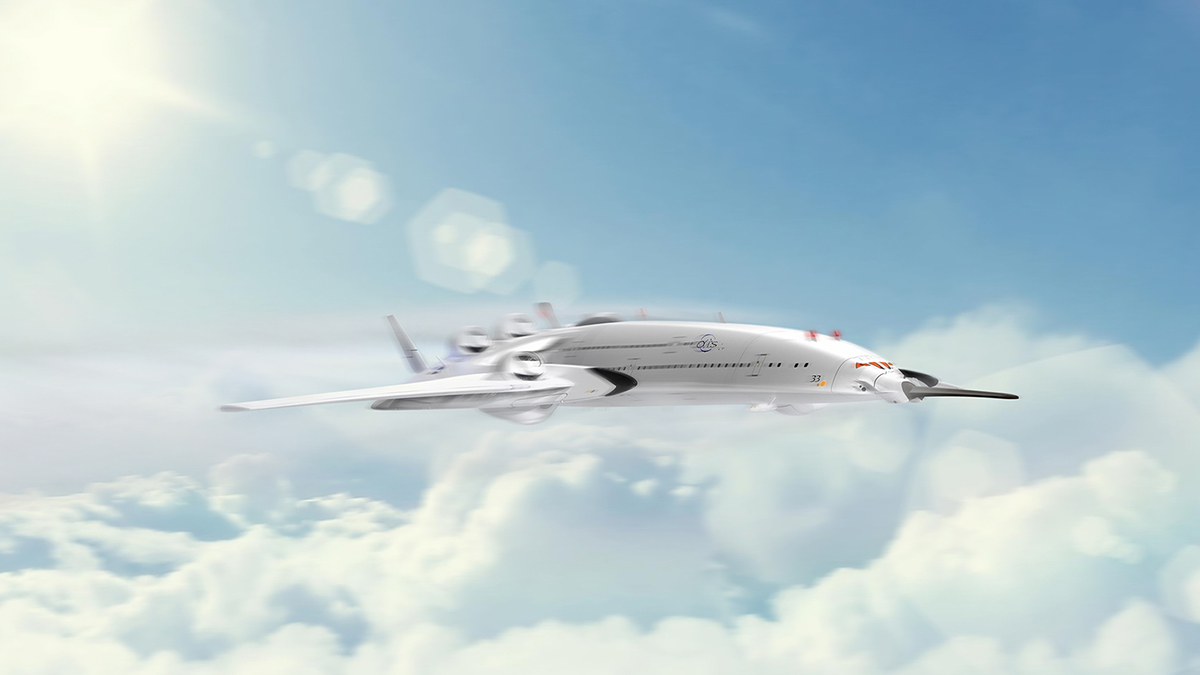
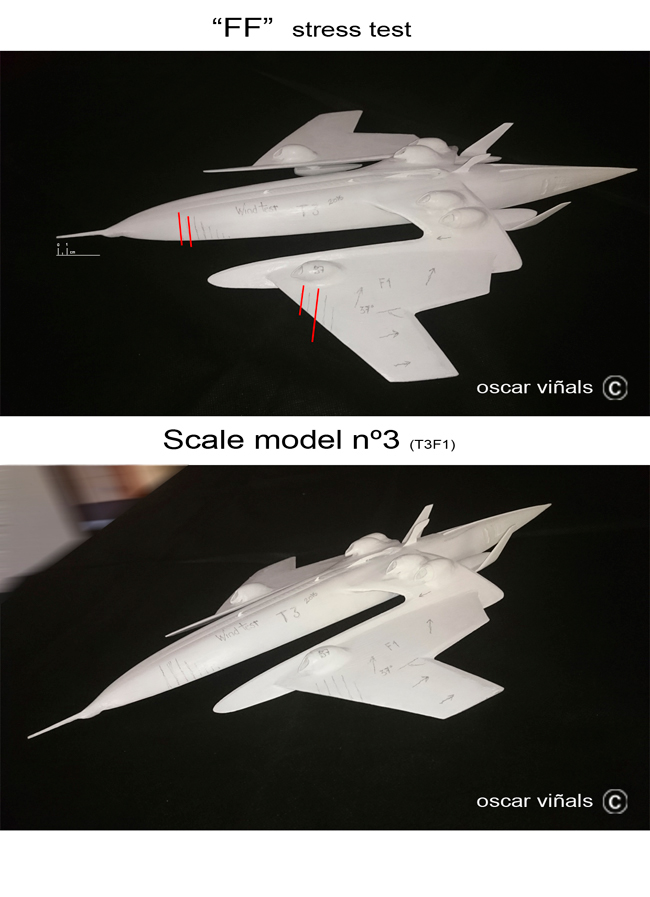
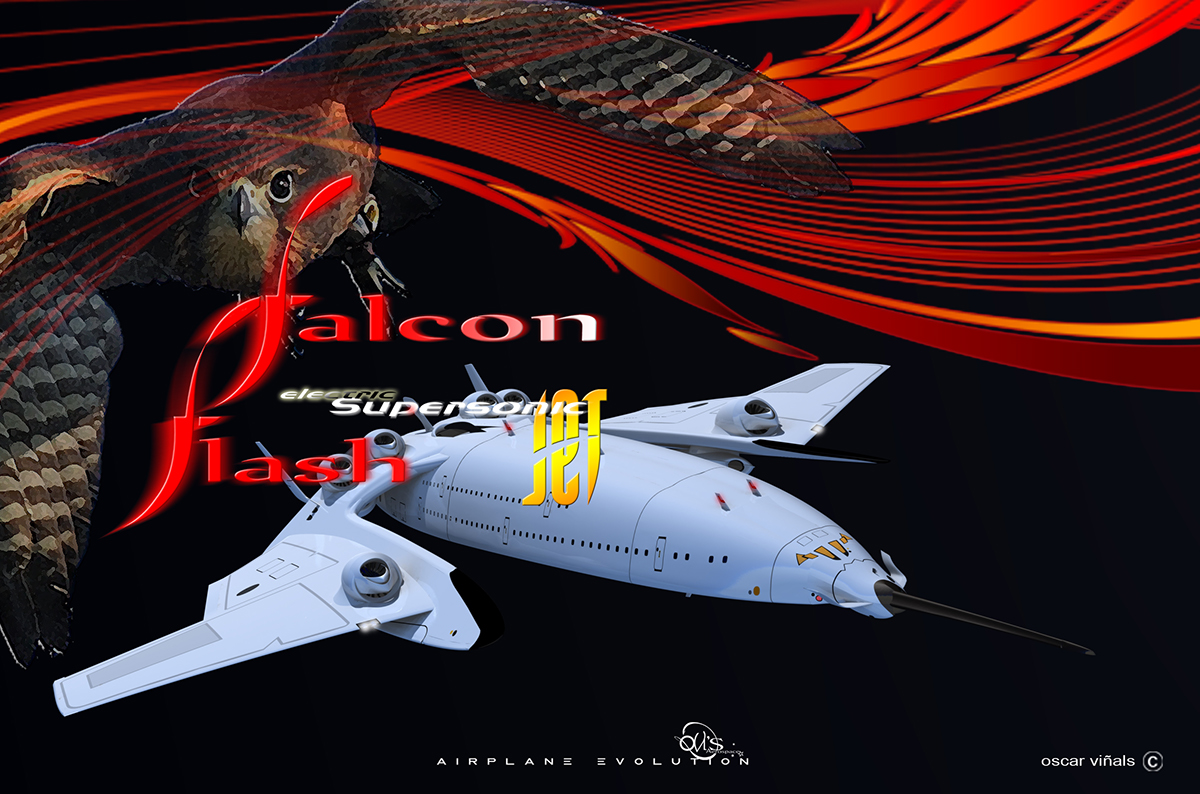
The next amazing project...
a drone with the ability of "Walk" like a Cyborg, "Swim underwater" like a Submarine & "Fly" like a Helicopter; all, with the best UAVs' technology.

"...a good concept grows from an imagination guided by the light of the logical"
Oscar Viñals
Oscar Viñals
